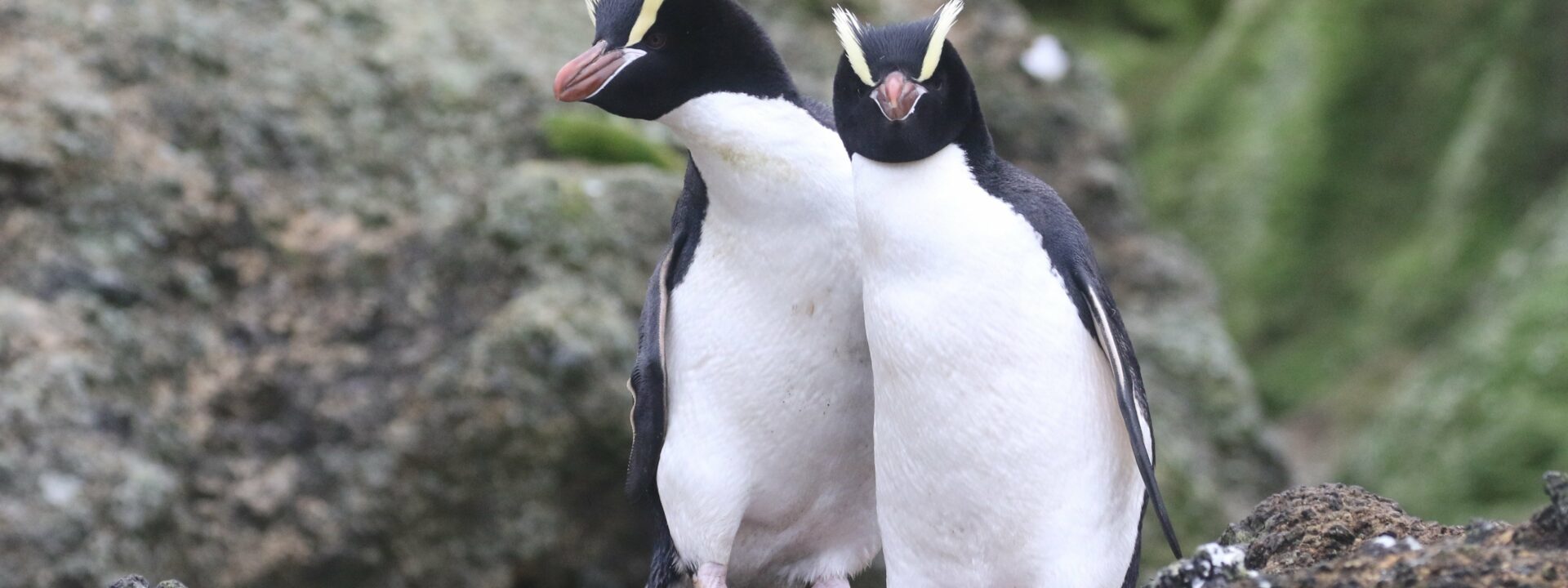New Zealand
Chatham, Antipodes and Bounty Islands
Looking for the best of New Zealand's mega seabirds: Magenta Petrel, Chatham Petrel, Erect-crested Penguin and much more.
For many keen seabirders, one of the trips which is ‘compulsory’ for those looking to see as many of the world’s seabirds as they can is “Birding Down Under” which is offered by our friends at Heritage Expeditions and bookable via WildWings. One seabird that is almost never seen on this amazing voyage, however, is the Chatham Petrel and the reason for this is very simple: the birds have not returned to their colonies when the trip visits these islands.
On this shorter expedition cruise which runs in March 2023, we believe there is a decent chance of seeing this elusive species as the adult birds should still be feeding their chicks when the voyage will visit the archipelago; indeed, there may even be the chance to visit one of the colonies and see the young in their burrows…..
There is much more to this exciting trip with other possibilites around the Chatham Islands including the critically endangered Chatham Shag, opportunities to look for a good proportion of the Chatham land endemics including Shore Plover and Chatham Oystercatcher (both which are highly threatened), as well as Chatham Island (Forbe’s) Parakeet, Chatham Island Pigeon and Chatham Island Gerygone.
The trip will also visit the Bounty and Antipodes Islands offering the opportunity to not only see the endemic Erect-crested Penguin (which only breeds on these two island groups) but also look for Reischek’s and Antipodes Parakeets, both of which are endemic to the Antipodes Island, and Bounty Shag which is probably the rarest and most localised cormorant/shag in the world.
With a decent chance of Magenta Petrel (critically endangered) and a seabird list which could well include Antipodean Albatross, Southern and Northern Royal Albatrosses, Chatham Albatross, Salvin’s Albatross, Subantarctic Shearwater and Fulmar Prion, this promises to be a great seabirding expedition.
Tour Highlights
- explore the Chatham, Bounty and Antipodes Islands
- look for both Chatham Petrel and Magenta Petrel
- expect to see a great range of speciality endemics including Erect-crested Penguin, Bounty Shag, Chatham Shag (critically endangered), Shore Plover and Antipodes Parakeet
- see a great range of southern ocean seabirds with the possibilities including Antipodean and Chatham Albatrosses, Fulmar Prion and Subantarctic Shearwater
- chances for a wide range of southern ocean cetaceans with possibilities including Gray's Beaked Whale and Southern Right Whale Dolphin
Outline Itinerary
-
Embark the ship in Invercargill
-
At sea
-
Antipodes Islands
-
Bounty Islands
-
Chatham Islands
-
At sea
-
Disembark in Christchurch
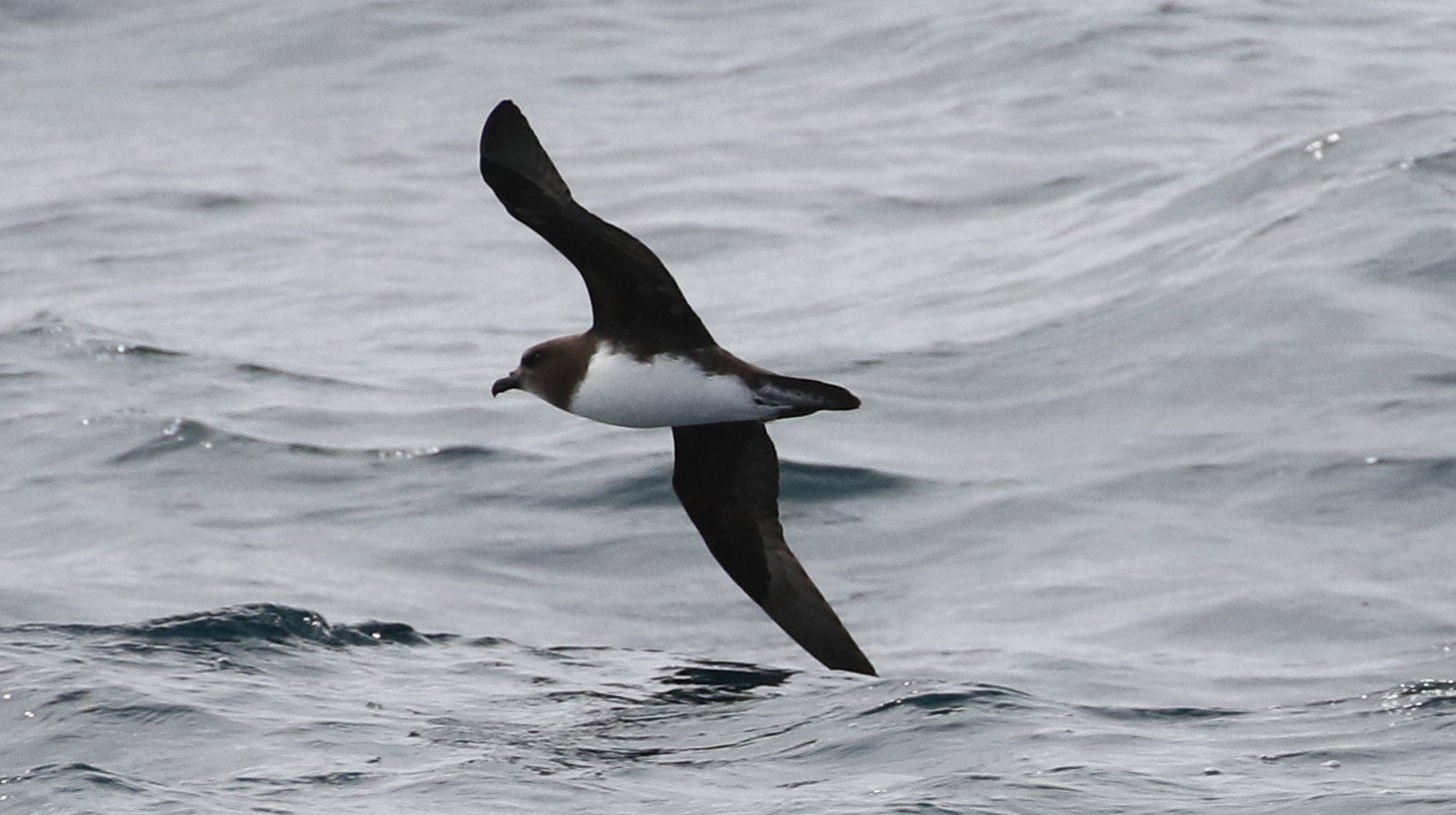
For many keen seabirders, one of the trips which is ‘compulsory’ for those looking to see as many of the world’s seabirds as they can is “Birding Down Under” which is offered by our friends at Heritage Expeditions and bookable via WildWings. One seabird that is almost never seen on this amazing voyage, however, is the Chatham Petrel and the reason for this is very simple: the birds have not returned to their colonies when the trip typically visits this island archipelago.
On this ten-day expedition cruise which is also operated by Heritage Expeditions and runs in March 2023, we believe there is a decent chance of seeing this elusive species, as the adult birds should still be feeding their chicks when the voyage is due to visit the Chatham Islands. Indeed, there may even be the chance to visit one of the colonies and see the young in their burrows as it is hoped to get permission to land on one of the few islands where this rarely-seen seabird breeds.
There is, however, much more to this exciting trip with other possibilites around the Chatham Islands including the critically endangered Chatham Shag, as well as opportunities to look for a good proportion of the Chatham land endemics including Pitt Island Shag, Shore Plover and Chatham Oystercatcher (all of which are highly threatened), as well as Chatham Island (Forbe’s) Parakeet, Chatham Island Pigeon and Chatham Island Gerygone. The ship will also cruise offshore from the appropriately named Pyramid Rock which is the only place where the Chatham Albatross breeds.
This expedition cruise will also visit the Bounty and Antipodes Islands and whilst landings are not permitted on either island, if the conditions are suitable, there will be an opportunity to cruise the coastline in the ship’s zodiacs. This should result in a great opportunity to not only see the endemic Erect-crested Penguin (which only breeds on these two island groups) but also look for Reischek’s and Antipodes Parakeets, both of which are endemic to the Antipodes Island. At the Bounty Islands, the rarest and most localised cormorant/shag in the world, Bounty Shag, should be found and this modest island group is also where the vast majority of the world’s Salvin’s Albatrosses nest.
With a decent chance of Magenta Petrel (critically endangered) around the Chatham Islands and a seabird list which could well include Antipodean Albatross, Southern and Northern Royal Albatrosses, Chatham Albatross, Salvin’s Albatross, Subantarctic Shearwater and Fulmar Prion, this promises to be a great seabirding expedition.
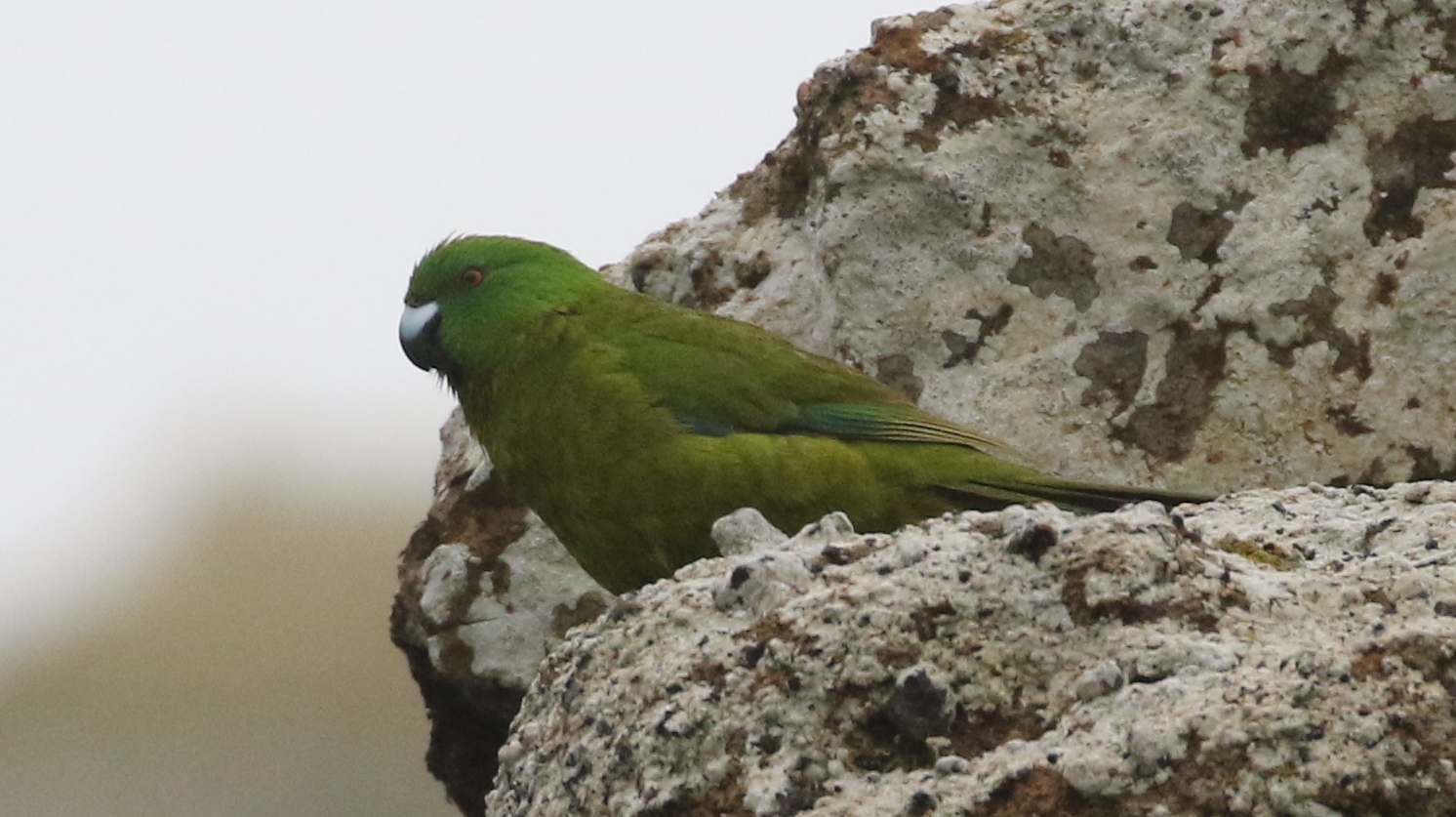
Day 1: Invercargill
Make your way to the designated meeting point in Invercargill from where there will be a transfer to the ship. After settling in to your cabin, we recommend joining fellow travellers out on deck as we set sail as this is a good opportunity to look for the highly localised and endemic Foveaux Shag which has a highly restricted range.
Day 2: At Sea
We will be at sea all day and this should be an excellent opportunity to see a great range of seabirds with the possibilities including Wandering Albatross, Southern Royal Albatross, Black-browed Albatross, Campbell Albatross, Light-mantled Sooty Albatross, Salvin’s Albatross, Grey-headed Albatross, Northern and Southern Giant Petrels, Sooty Shearwater and Little Shearwater.
We are likely to also have our first opportunity to try and sort out the extremely similar and highly confusing prions that occur in these waters with Fairy Prion, Fulmar Prion and Antarctic Prion all possible.
Other species we could find include Soft-plumaged Petrel, Mottled Petrel, White-headed Petrel, Grey-faced Petrel, White-chinned Petrel, Grey-backed Storm-petrel, Wilson’s Storm-petrel, Black-bellied Storm-petrel and Common Diving-petrel.
Day 3: Antipodes Islands
The Antipodes Islands are the most isolated and arguably least known of New Zealand’s Subantarctic Islands. The islands have benefited from one of the world’s most successful eradication programmes, dubbed the ‘Million Dollar Mouse’, which saw the island declared ‘mouse free’ in 2018.
As a result, the unique plants and wildlife now thrive following the removal of some 200,000 mice and although landings are not permitted, we plan to zodiac cruise the coastline if sea conditions are suitable. This should give us a great opportunity to look for the island’s specialities including Antipodes Parakeet which is the largest of New Zealand’s parakeets. Reischek’s Parakeet, which is closely related to the more widespread Red-crowned Parakeet but is now generally considered another endemic, is also present along with a highly distinctive form of New Zealand Pipit. We can also expect good views of Erect-crested and Eastern Rockhopper Penguins (now considered a full species by some), as well as Antarctic Terns and Kelp Gulls.
Day 4: Bounty Islands
These small and inhospitable granite islets (which are the only part of the otherwise submerged Bounty Platform to be above sea level), are home to tens of thousands of breeding Salvin’s Albatrosses, as well as Erect-crested Penguins and Fulmar Prions. The endemic Bounty Island Shag, which is the world’s rarest and most localised cormorant/shag, is also found here along with good numbers of New Zealand Fur Seals.
As we sail towards and away from the islands, there should be opportunities to see an excellent range of seabirds with the possibilities including Wandering Albatross, White-capped Albatross, Northern Royal Albatross, Northern Giant Petrel, Mottled Petrel, Soft-plumaged Petrel, Antarctic Fulmar, Broad-billed Prion, White-chinned Petrel and Black-bellied and Grey-backed Storm-petrels.
Days 5 to 8: Chatham Islands
Pelagic birding opportunities as we approach the Chatham Islands’ archipelago include the Chatham Island Petrel and, in the past, we have observed the very rare Chatham Island Taiko (Magenta Petrel), one of New Zealand’s most endangered species. Consisting of one large island and numerous smaller islands and rocky islets, only two islands of the Chatham Islands’ archipelago are inhabited. Working closely with the Chatham Island people our visit could include: Chatham Island The main settlement of Waitangi features a wharf normally bustling with activity where we may see the endemic Chatham Island Shag. Visiting a private reserve in Awatotara Valley there is a good chance to see the endemic Chatham Island Pigeon (once close to extinction), Chatham Island Warbler and Tui. During our time on the main island our activities may include: · Visiting small fishing village Owenga and searching for fossilised sharks’ teeth at Blind Jim’s Creek. · Discovering the rich history of Maunganui’s old stone cottages and seeing the dendroglyphs (tree carvings) at the JM Barker (Hapupu) National Historic Reserve. · Viewing the island’s two endemic shags (cormorants) at Matarakau and endemic plants, including the famed Chatham Island Forget-me-not, at Kaingaroa · A visit to the uniquely designed Kōpinga Marae, built as a tribute to the Moriori ancestors. Mangere and Little Mangere Islands Mangere Island is one of only two sites in the world where Black Robin are found. We will hear how this endemic species was rescued from the brink of extinction in the 1970s from a population of just six birds. As we Zodiac cruise the islands we will be looking for the rare, endemic Forbes’ Parakeet or Chatham Parakeet at Mangere Island. Pitt Island The jewel in the Chatham Islands’ crown, our visit may include Flowerpot or Glory Bay where we will hear stories of life on the island and be on the look out for impressively horned New Zealand Pitt Island Sheep. Pyramid Rock Viewing the basalt outcrop of Pyramid Rock – the only breeding place of the Chatham Island Albatross – great views of birds can be had. South East Island One of the world’s greatest nature reserves, we plan a Zodiac cruise where we can expect to see the world’s rarest wader the endemic New Zealand Shore Plover, Chatham Island Oystercatcher, and Pitt Island Shag.
Day 9: At Sea
We will cross the Chatham Rise where nutrient-rich waters allow for an overlap between northern pelagic and southern latitude birds including Wandering Albatross, Royal Albatross, Salvin’s Albatross, Cape Petrel, Westland Black Petrel and Cook’s Petrel. We can also expect to see shearwater and prion species off New Zealand.
Day 10: Christchurch
After a final breakfast we will say our farewells and board complimentary transfers to either a central city drop off or Christchurch airport.
Tour Gallery
View a gallery of images for this tour below, click on an image to view as full size with caption
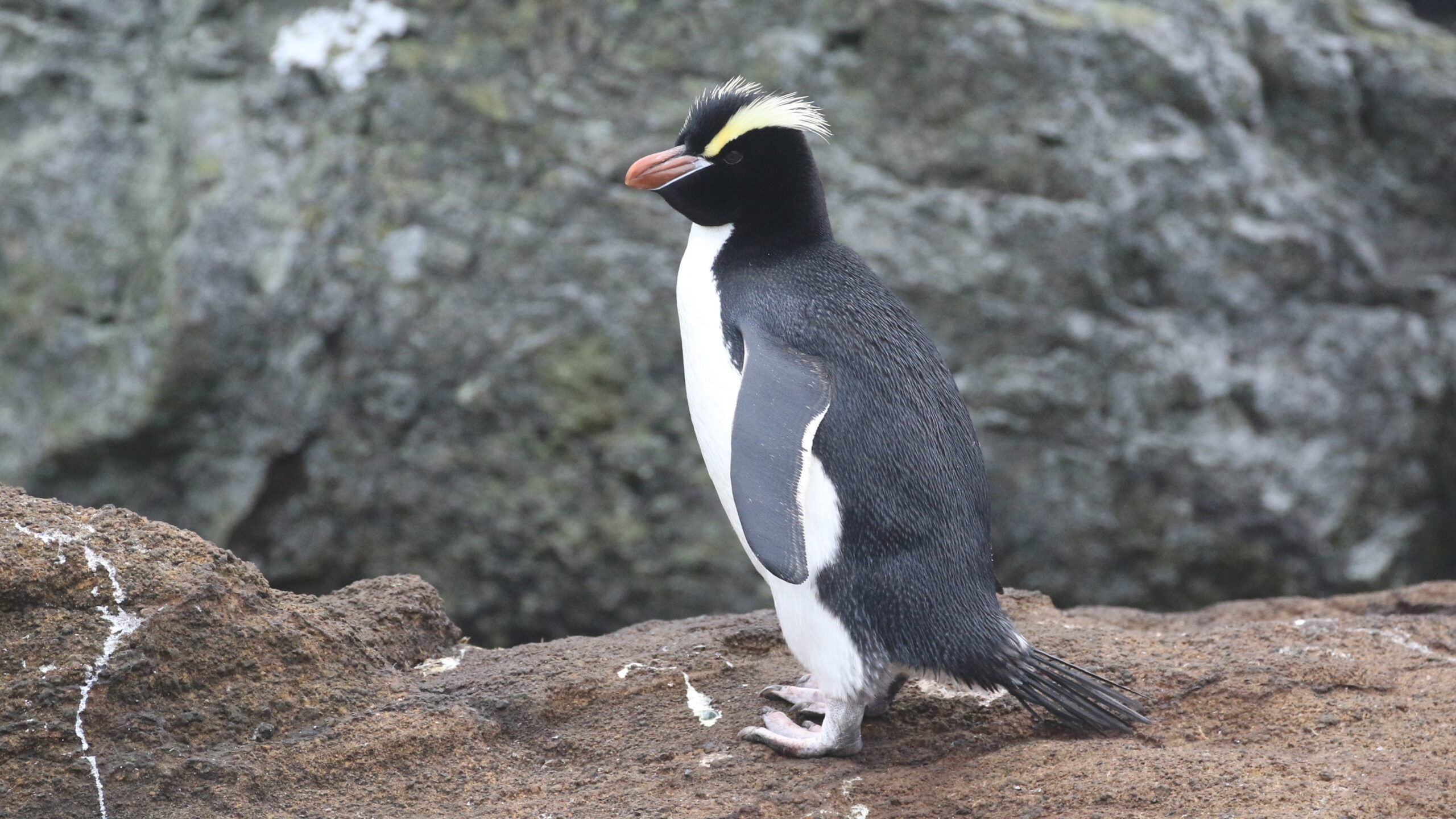
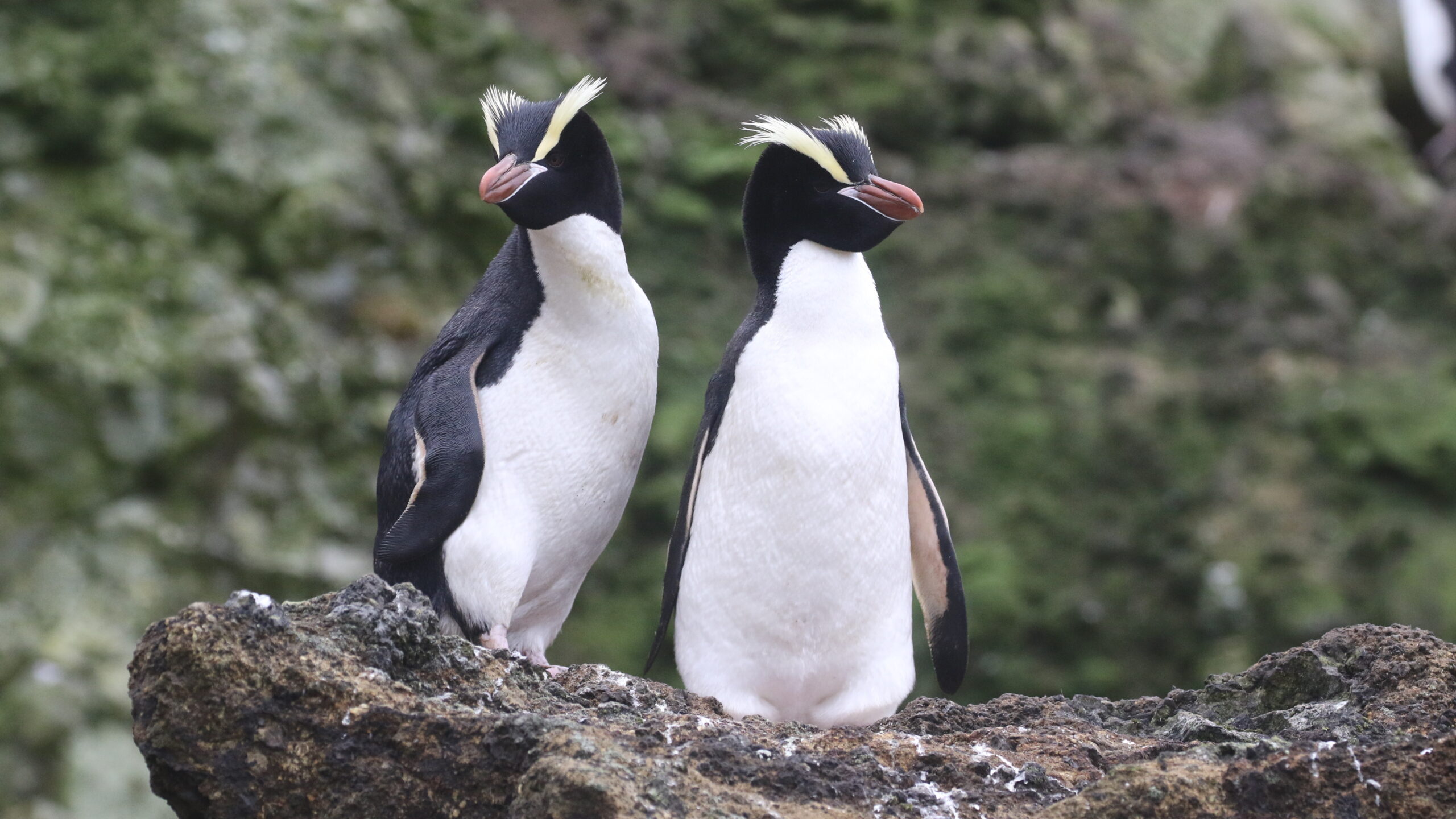
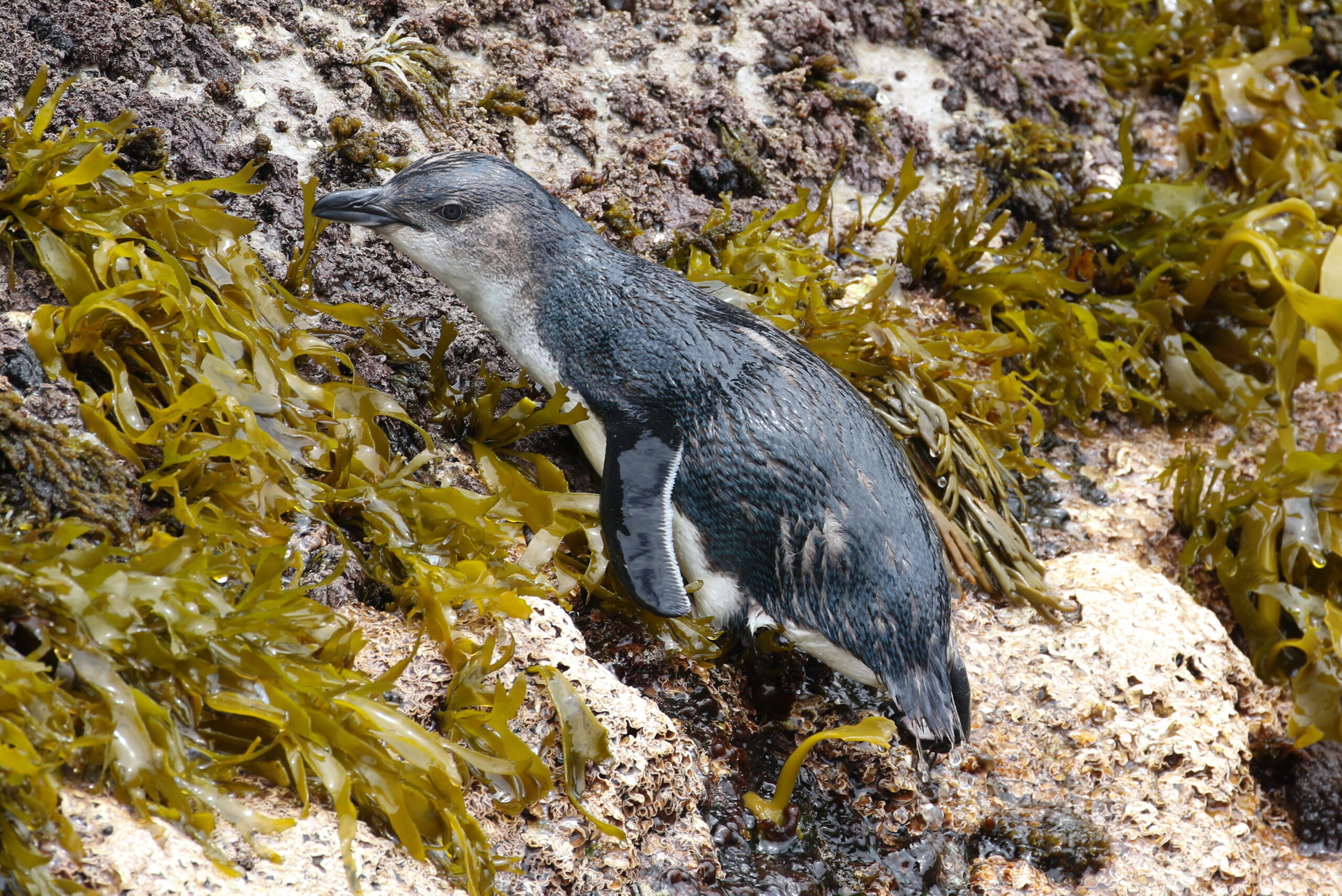
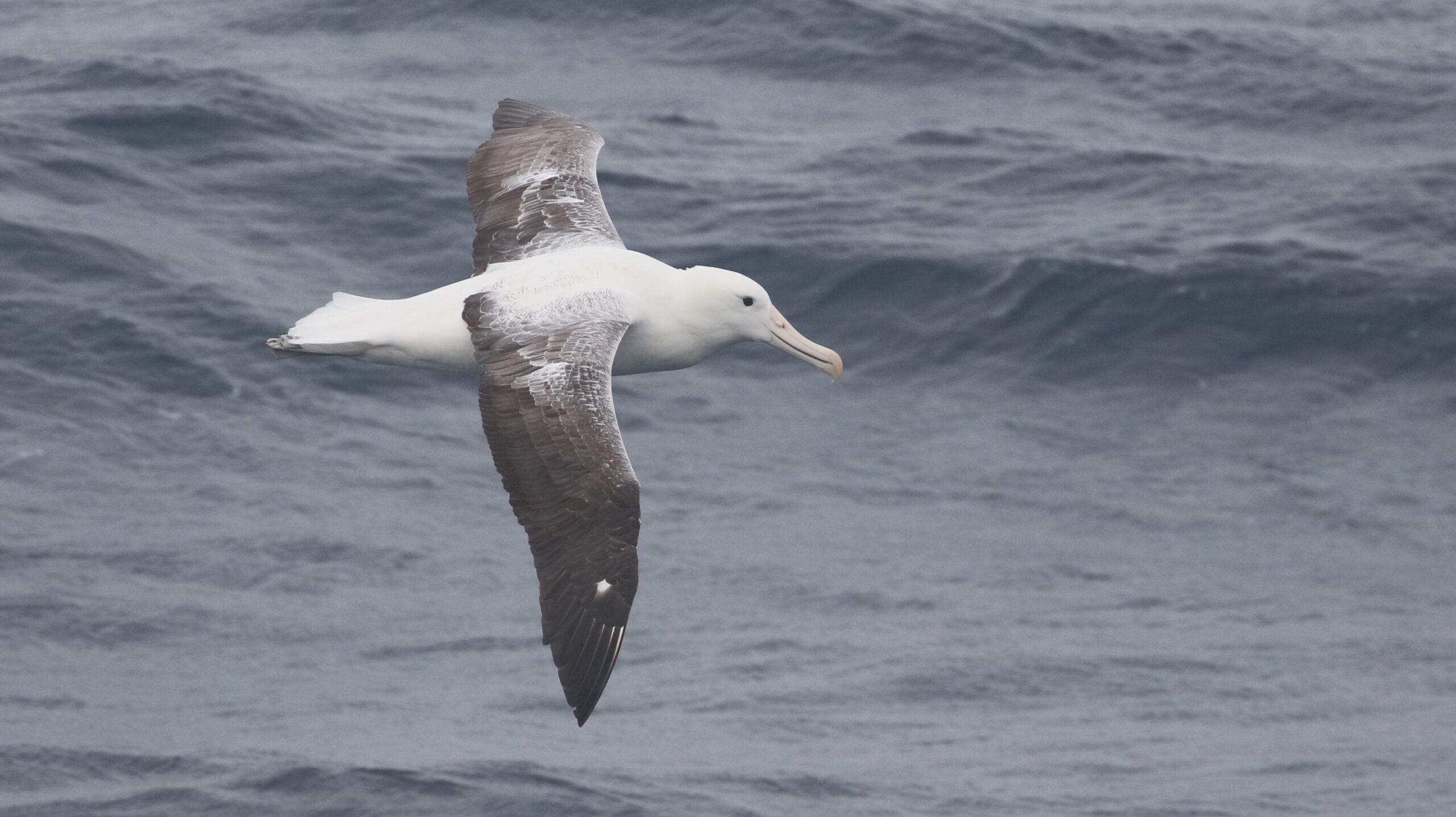
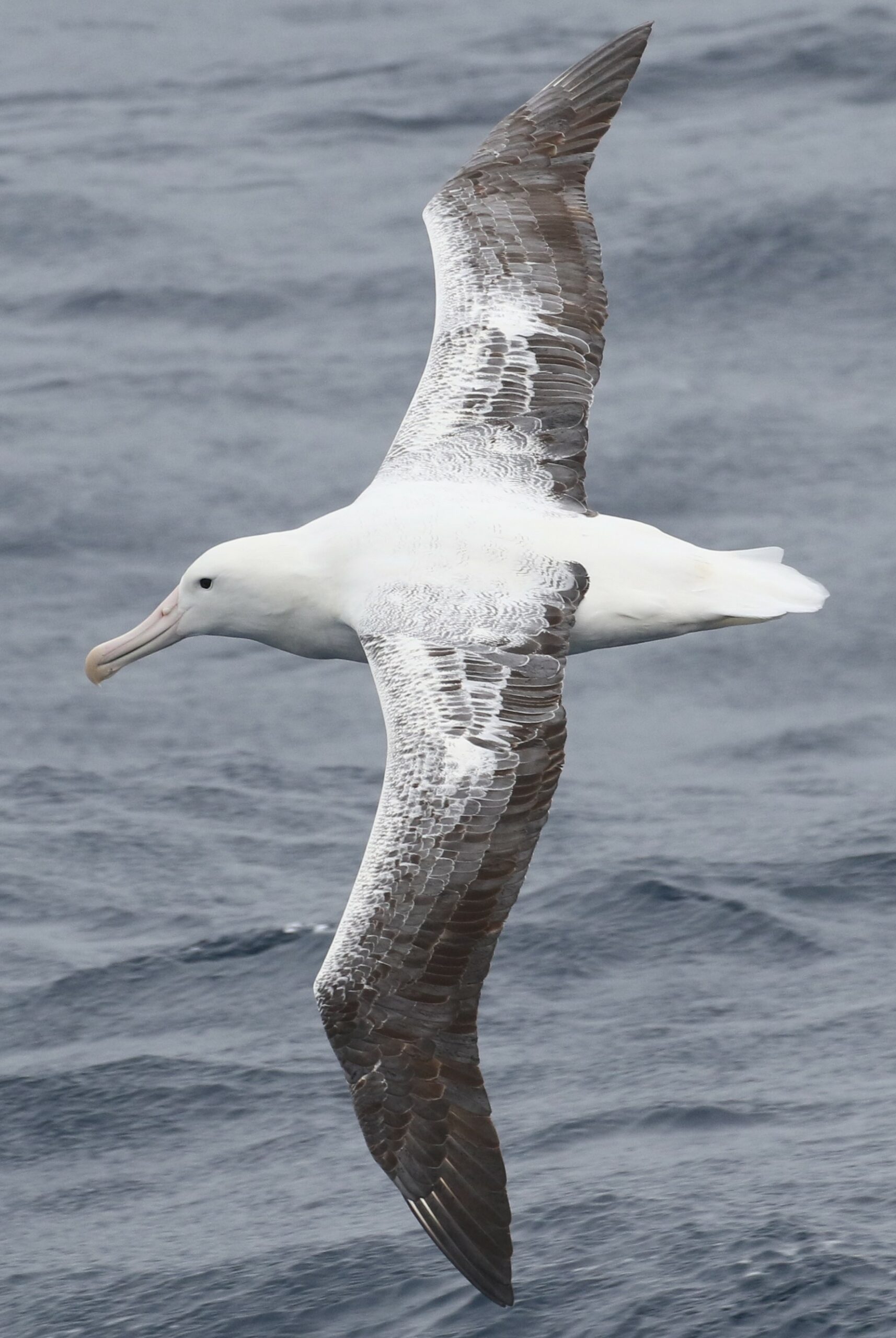
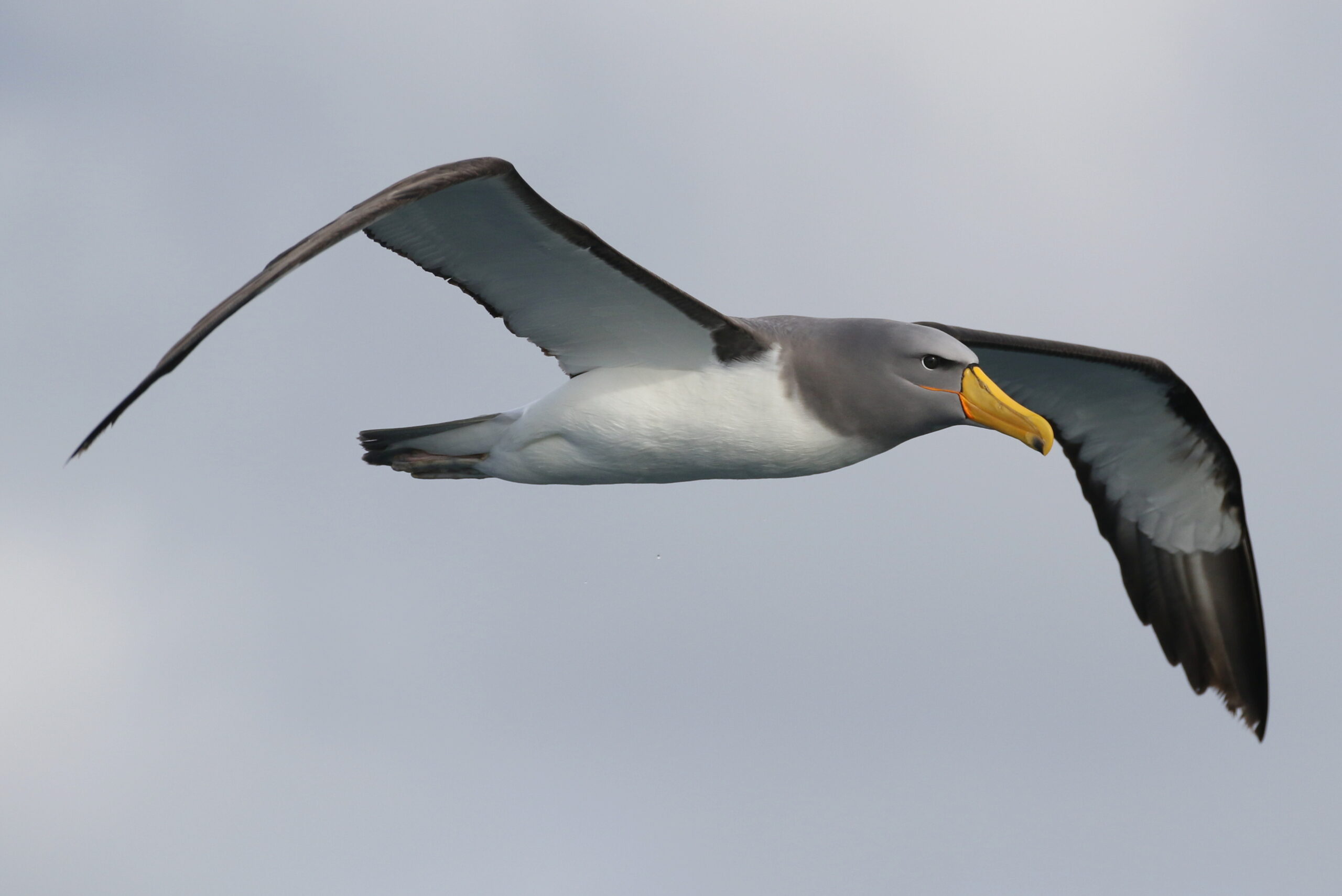
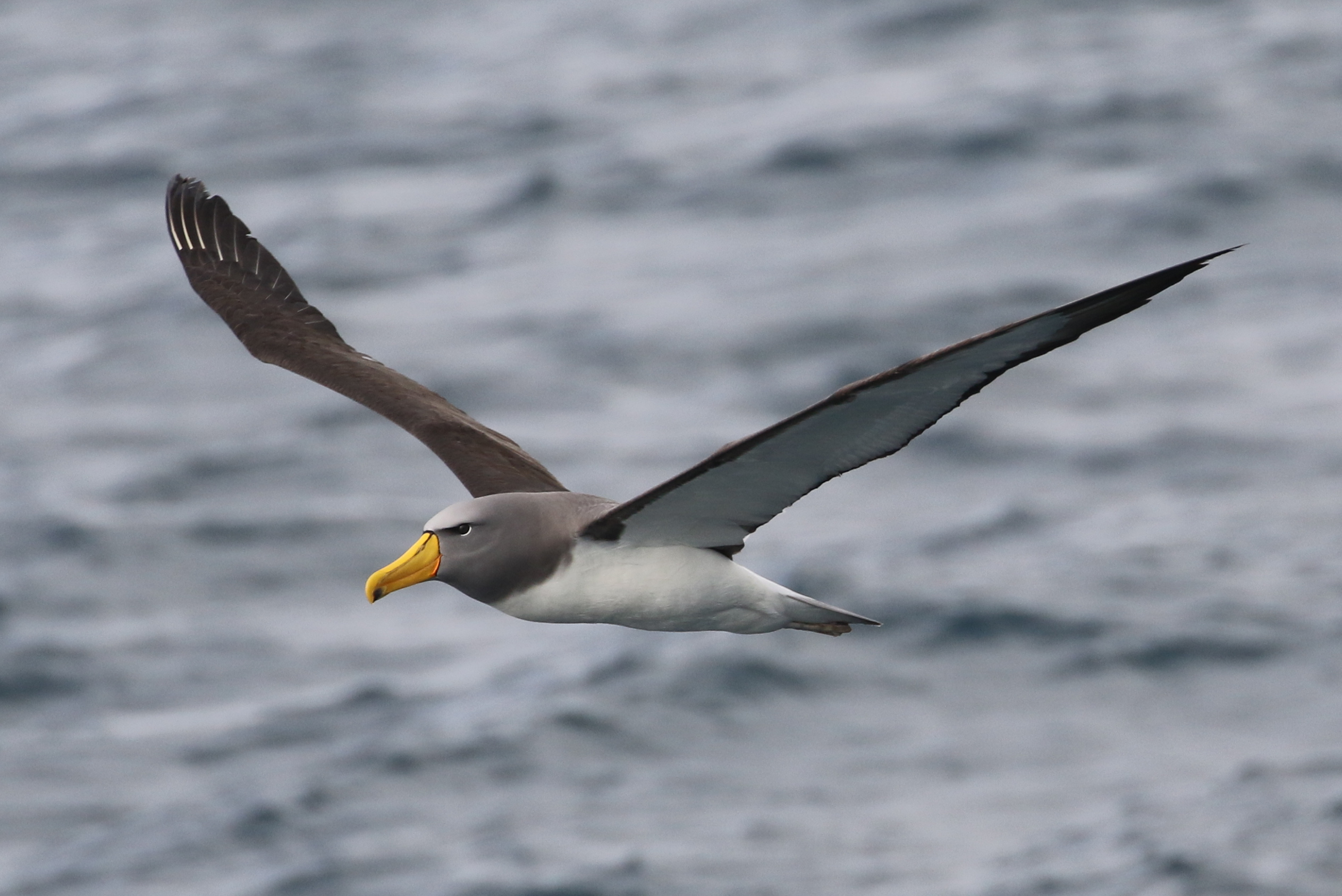
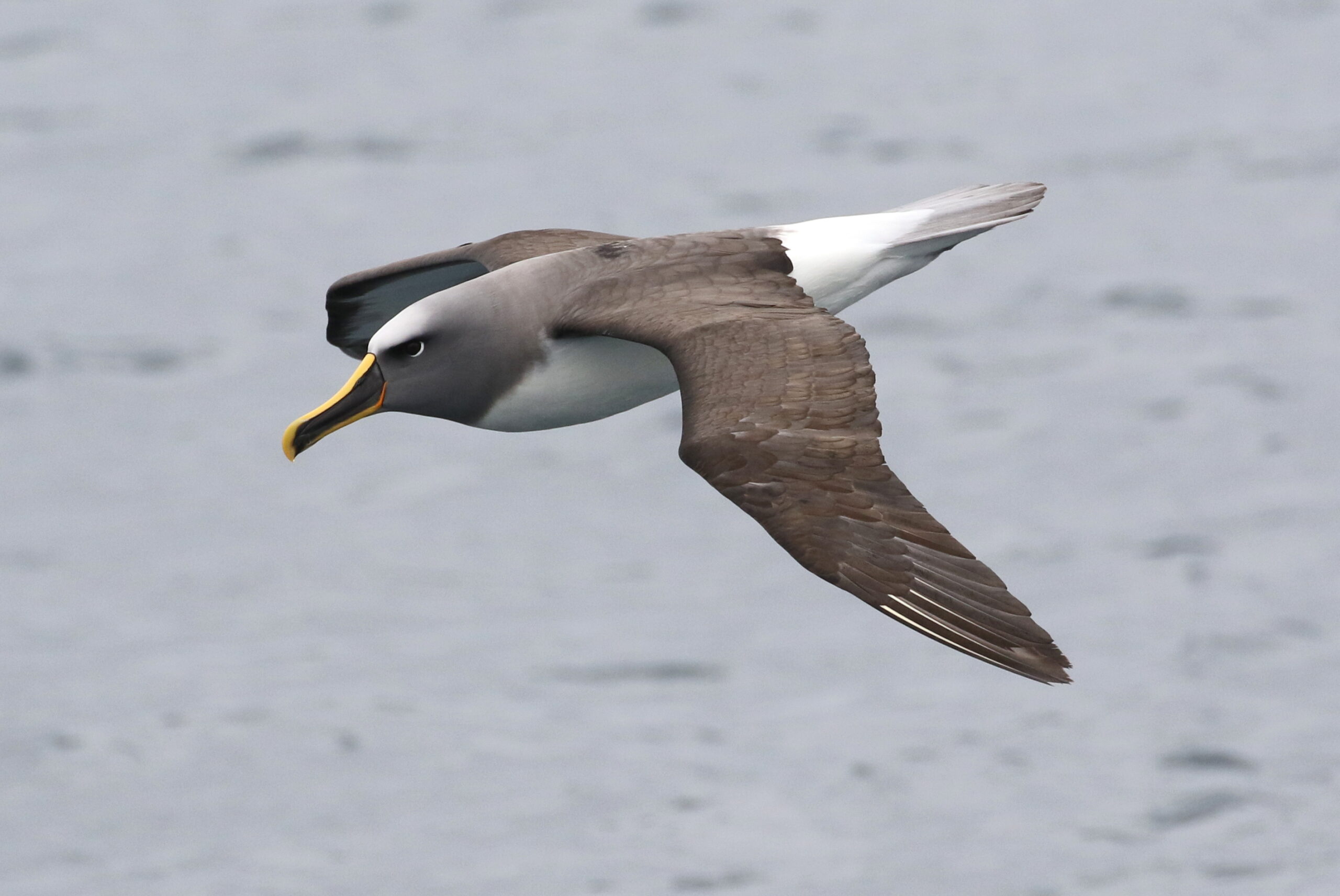

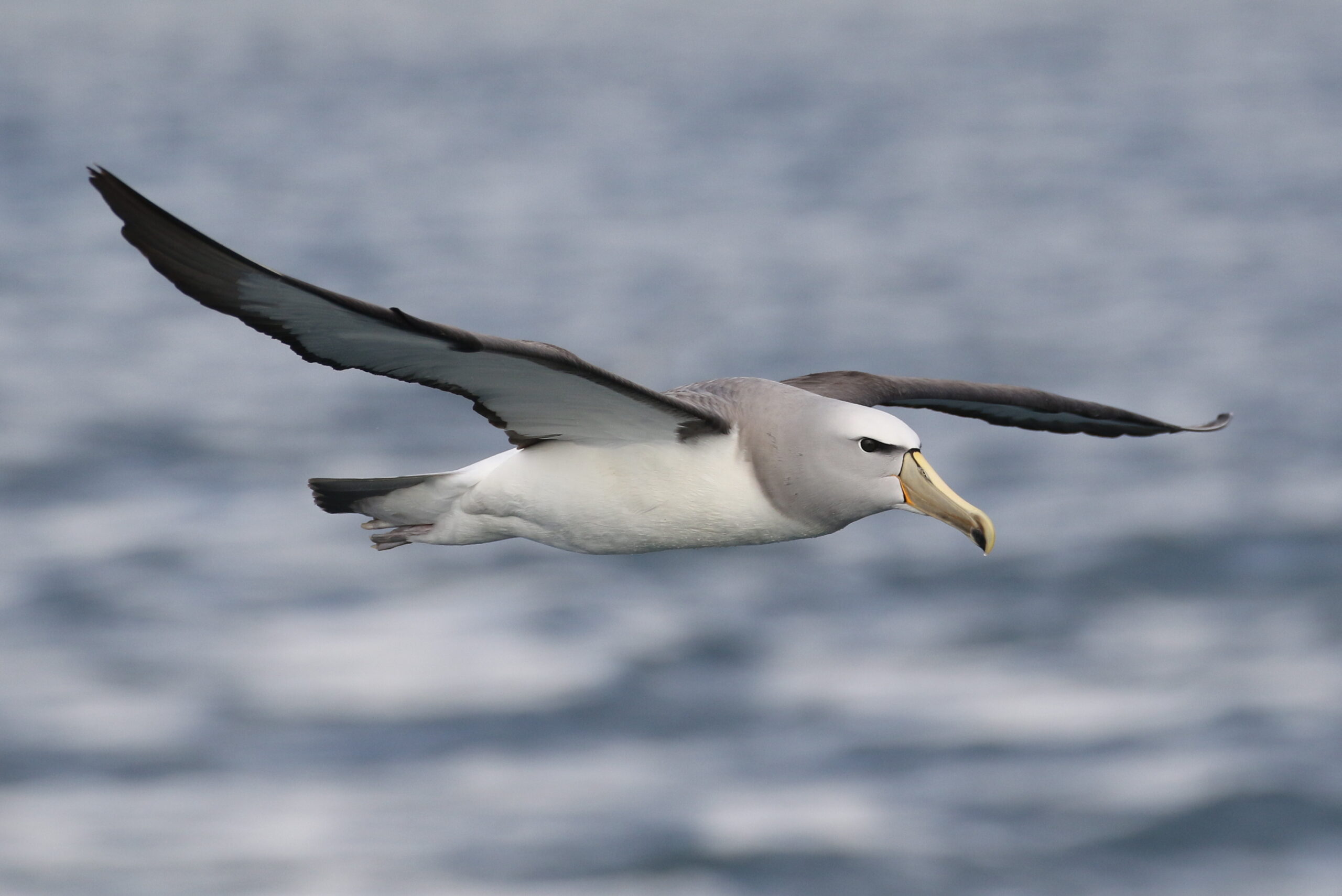
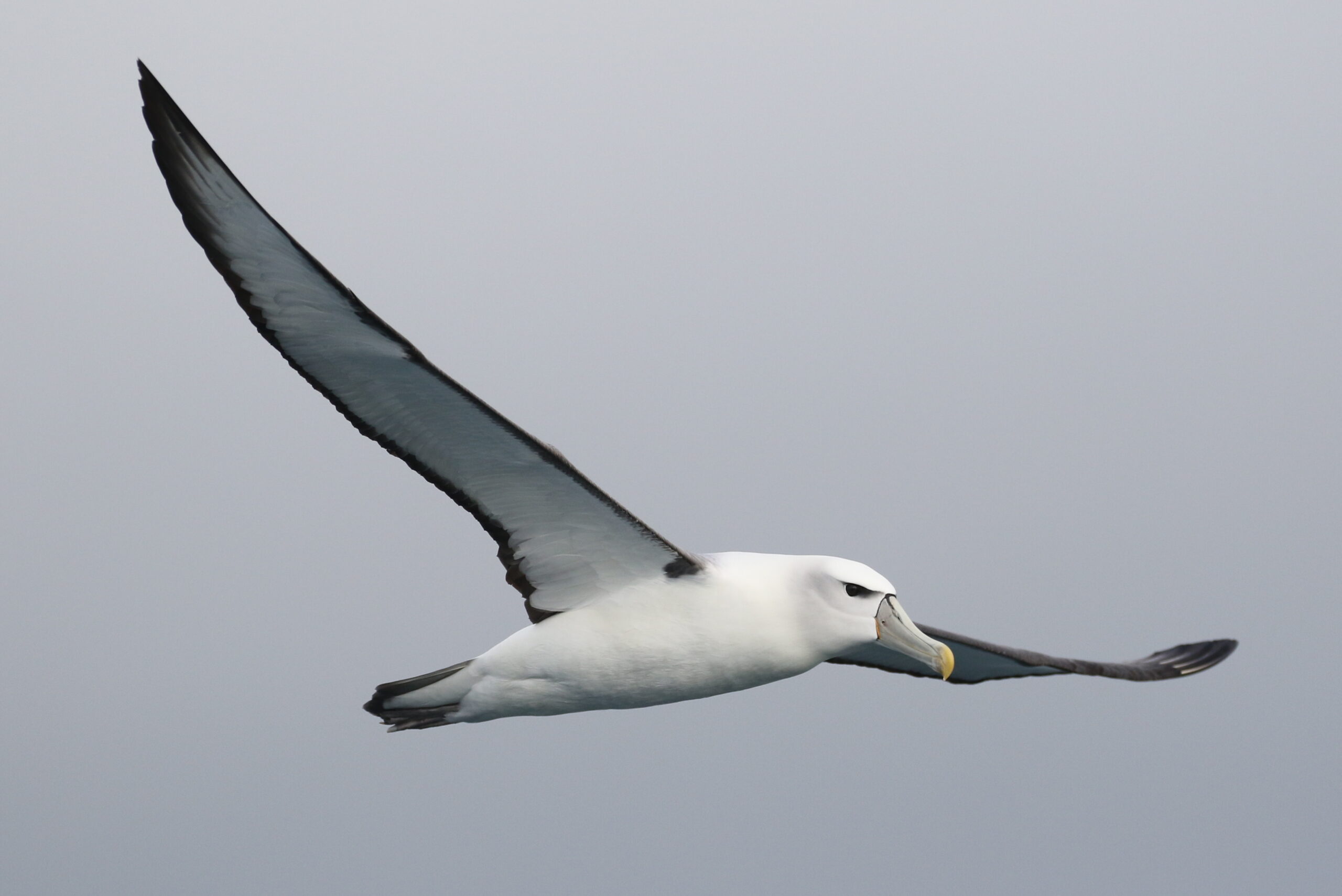
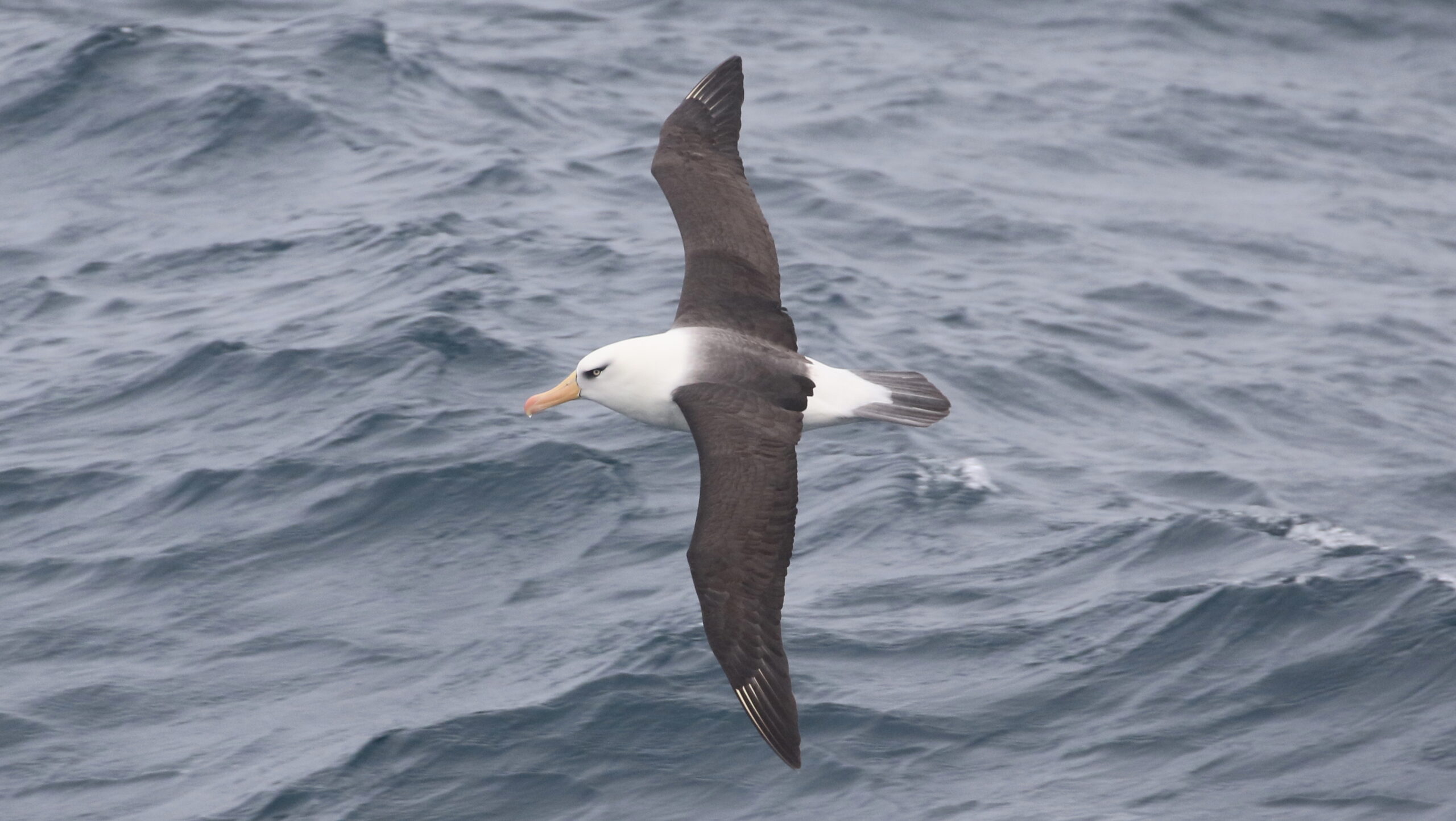
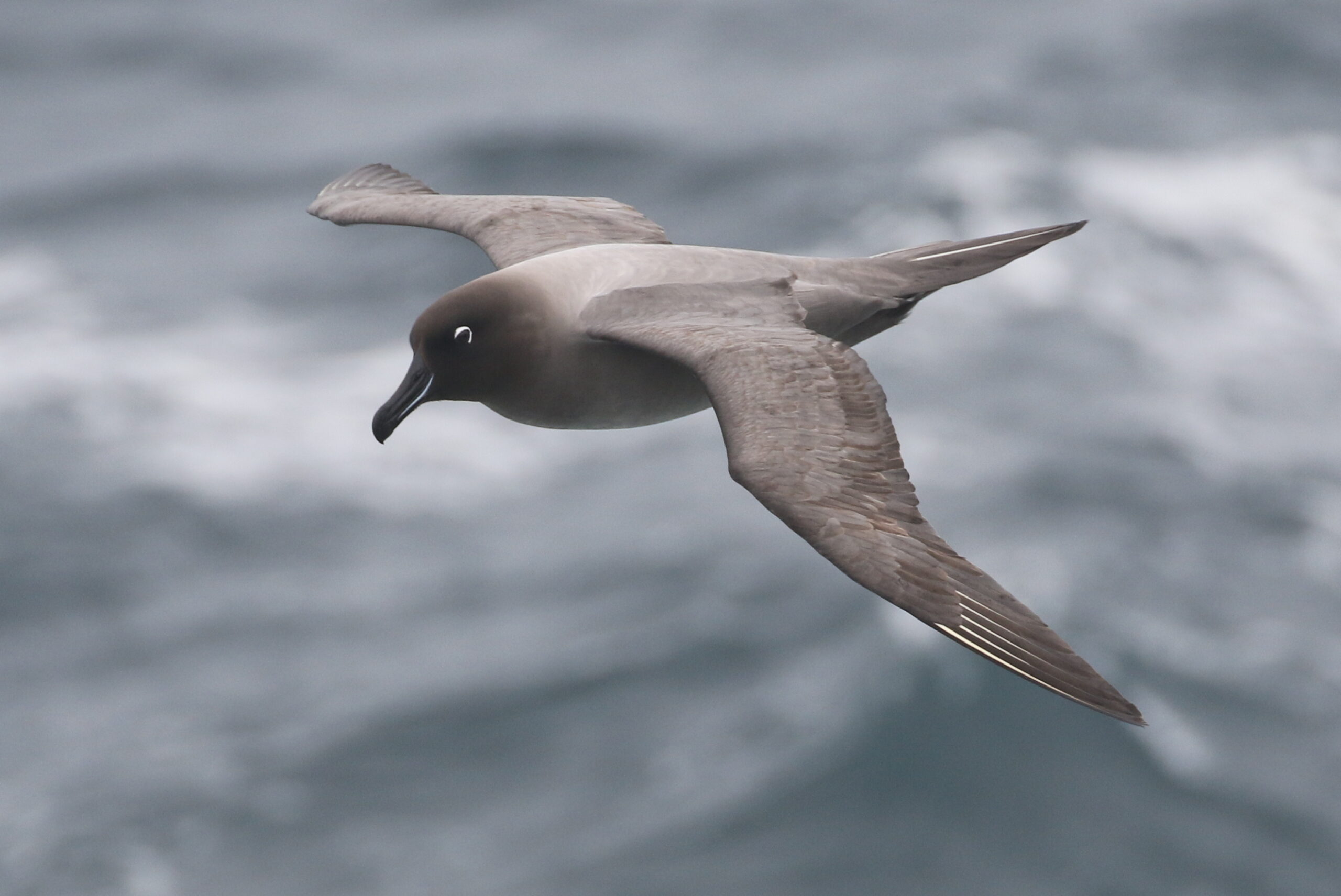

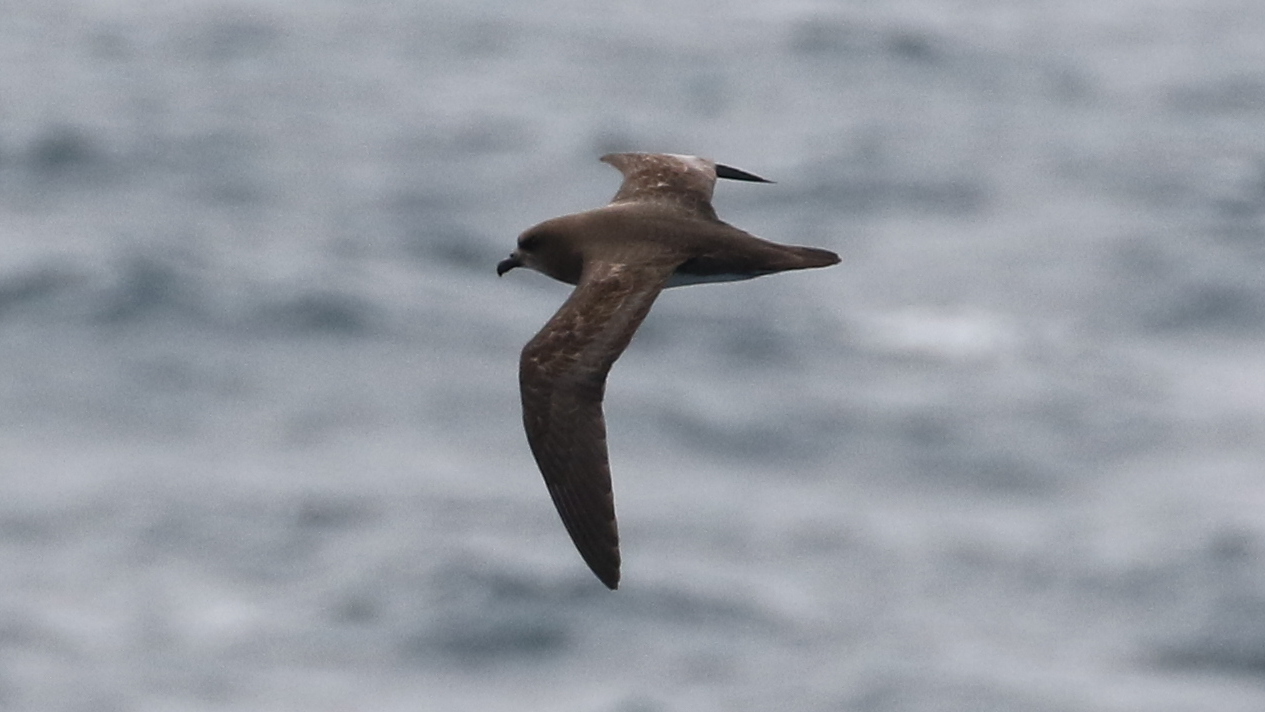
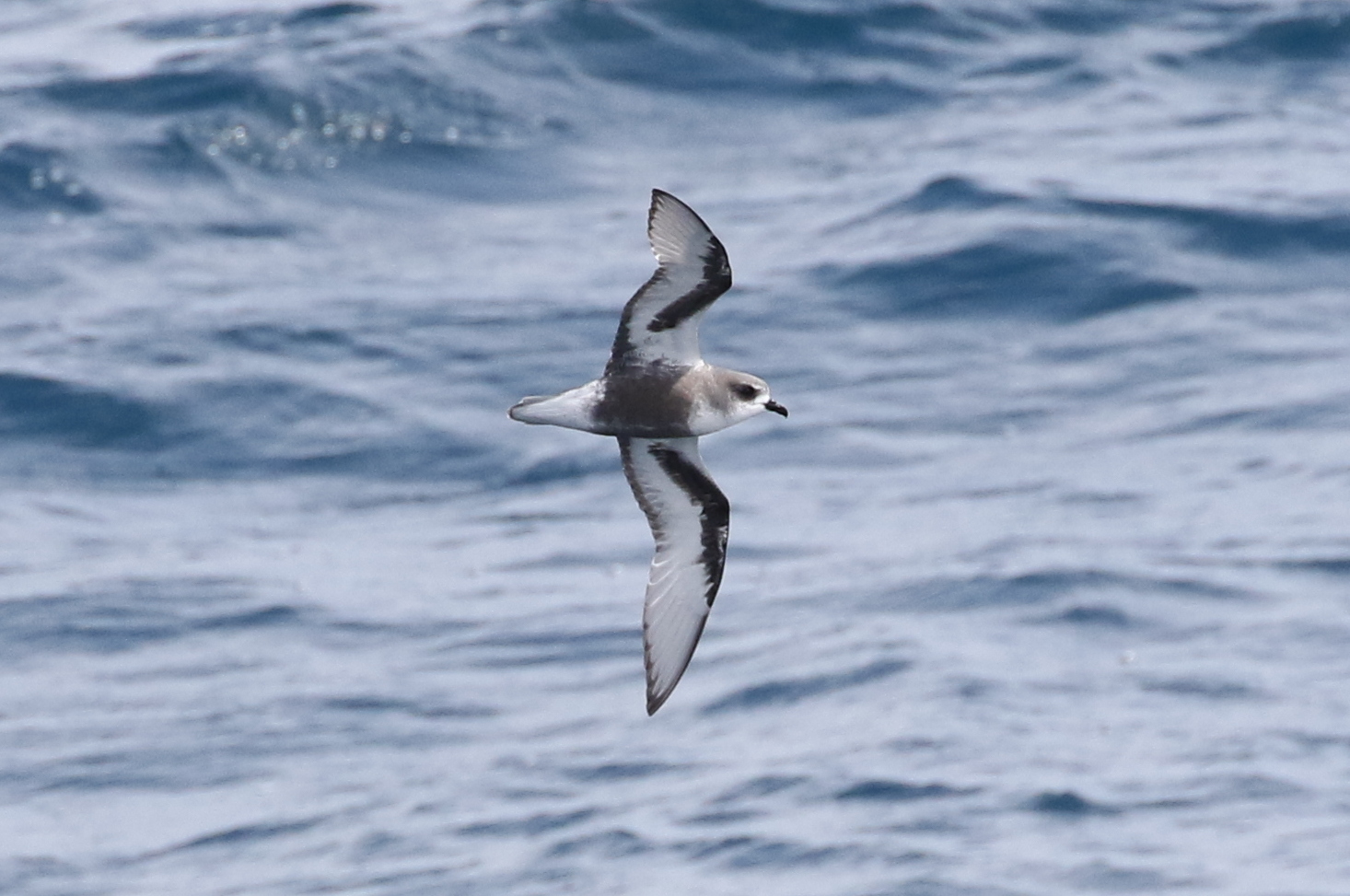
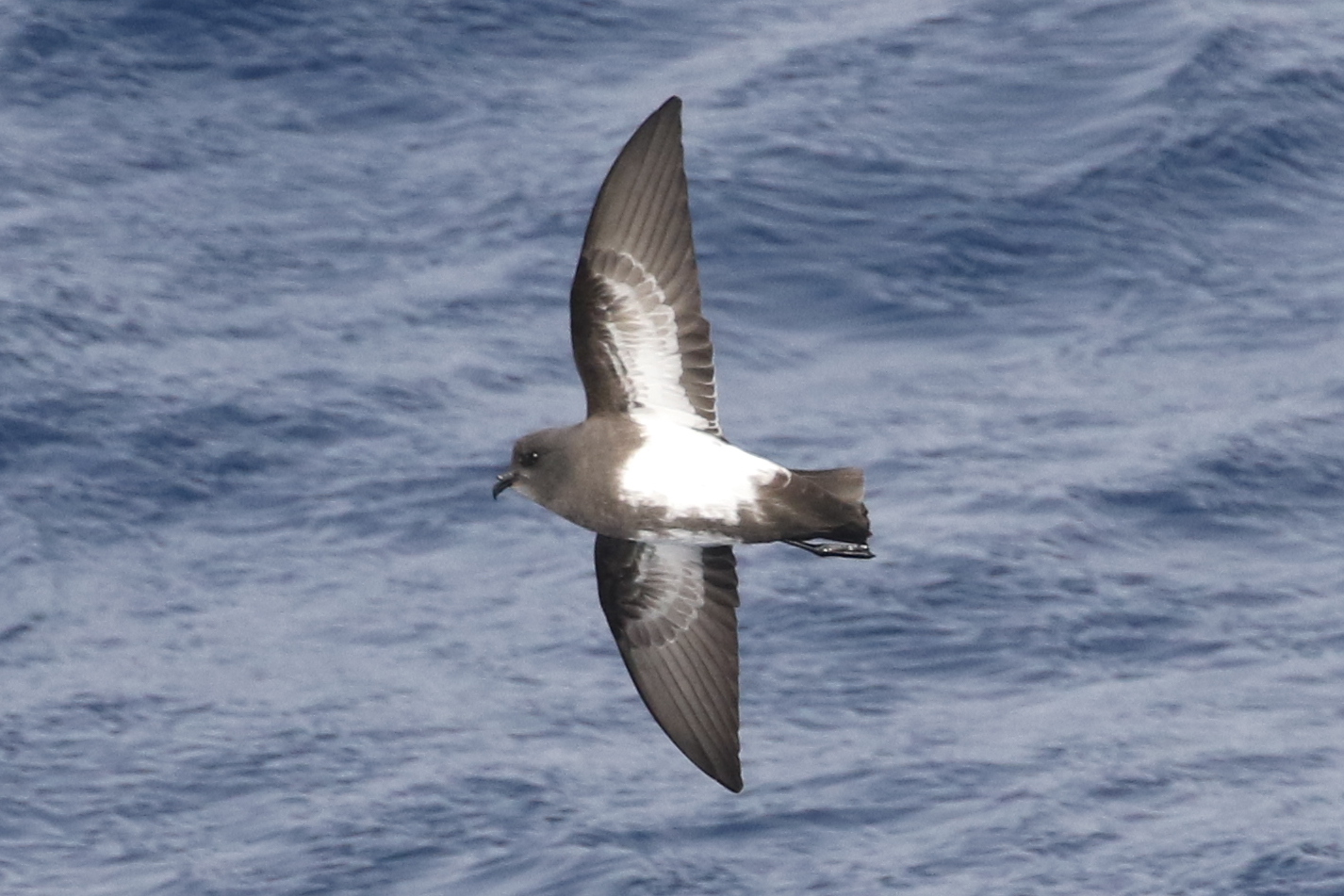
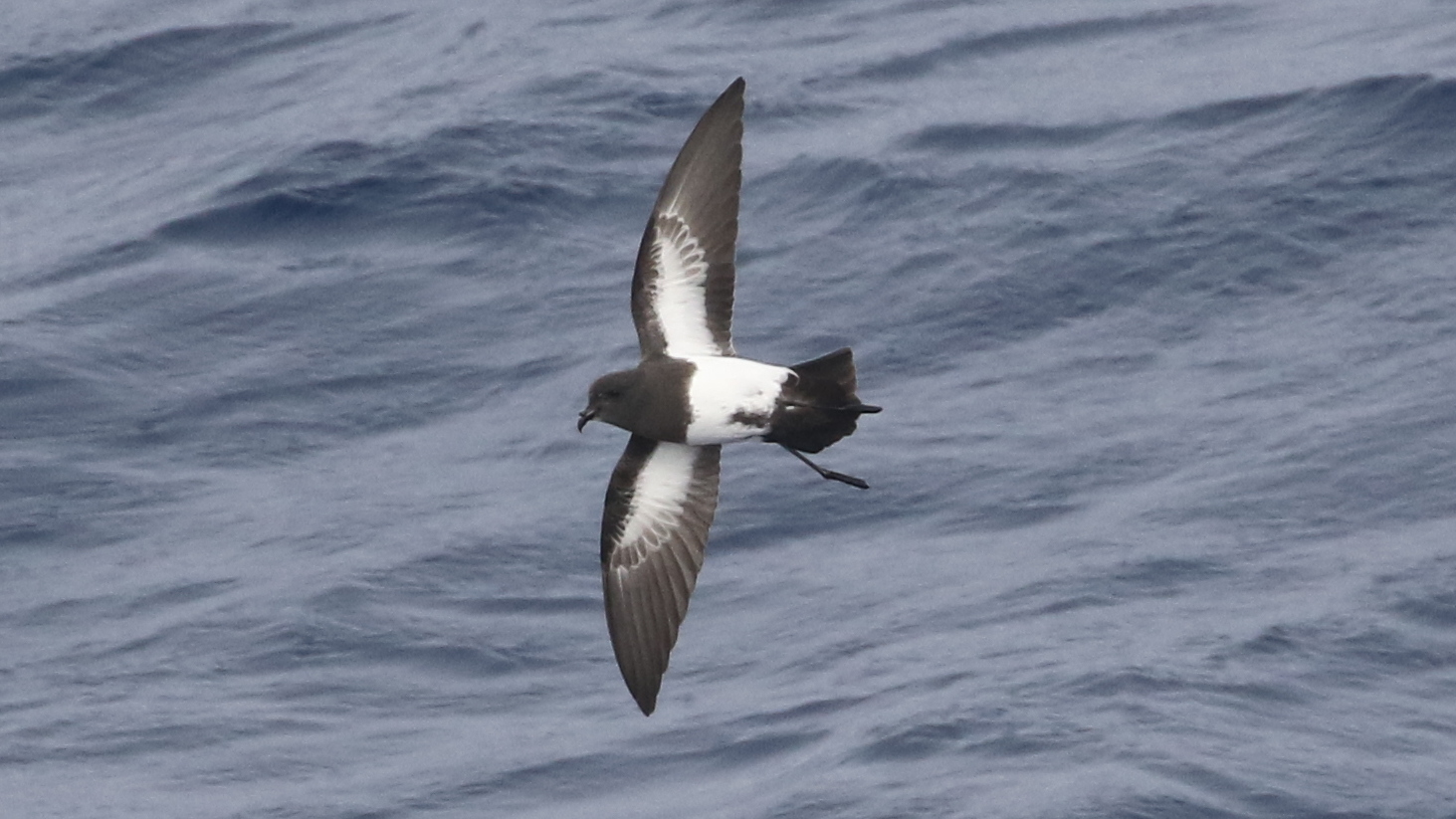
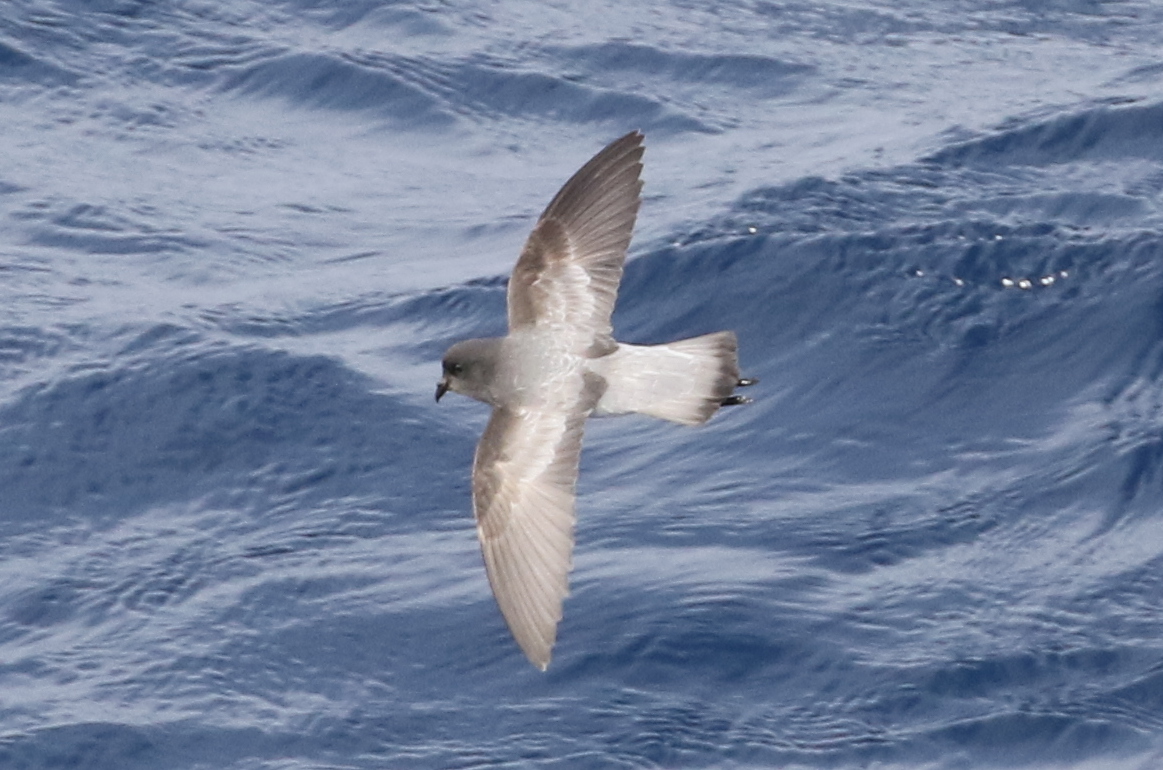
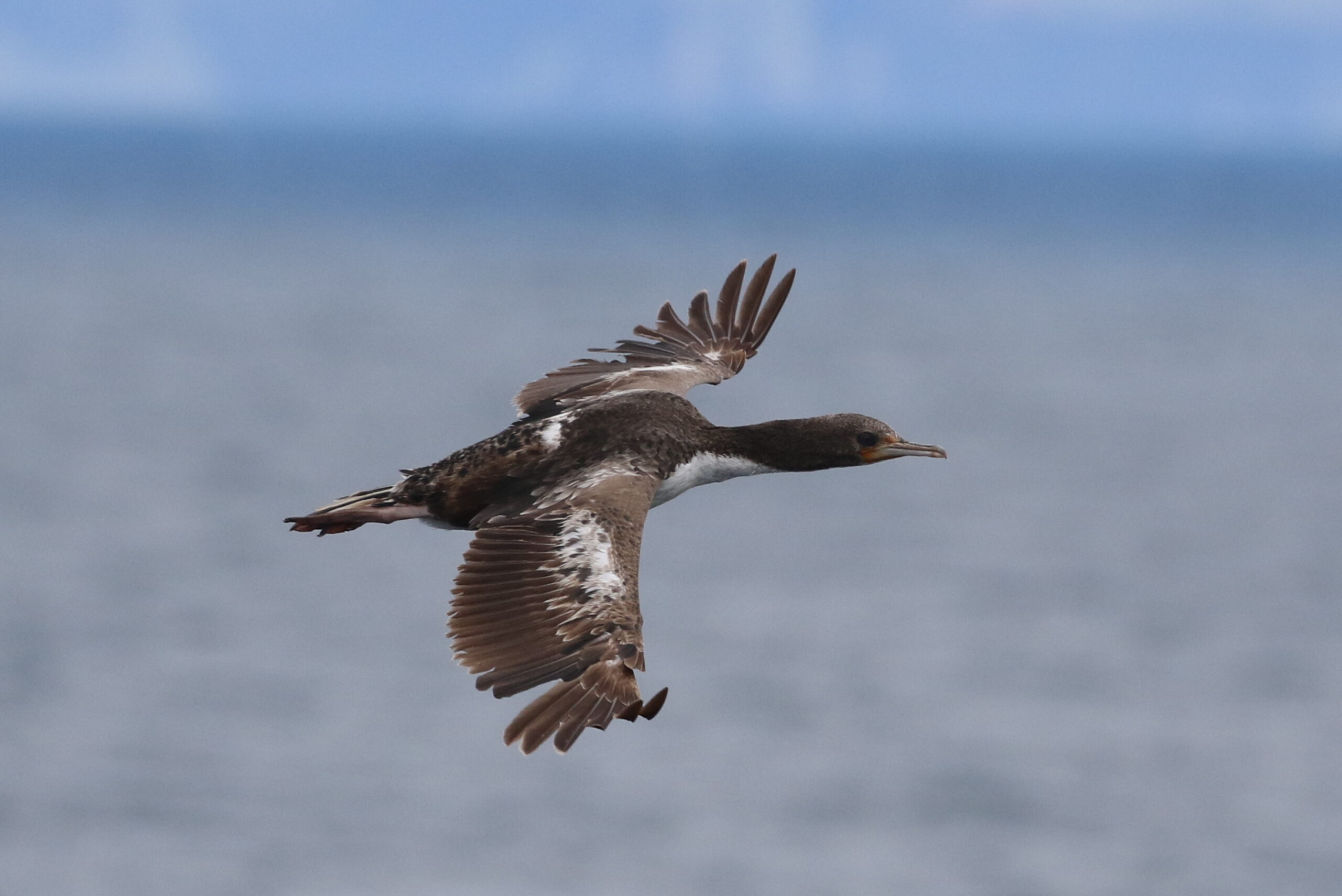
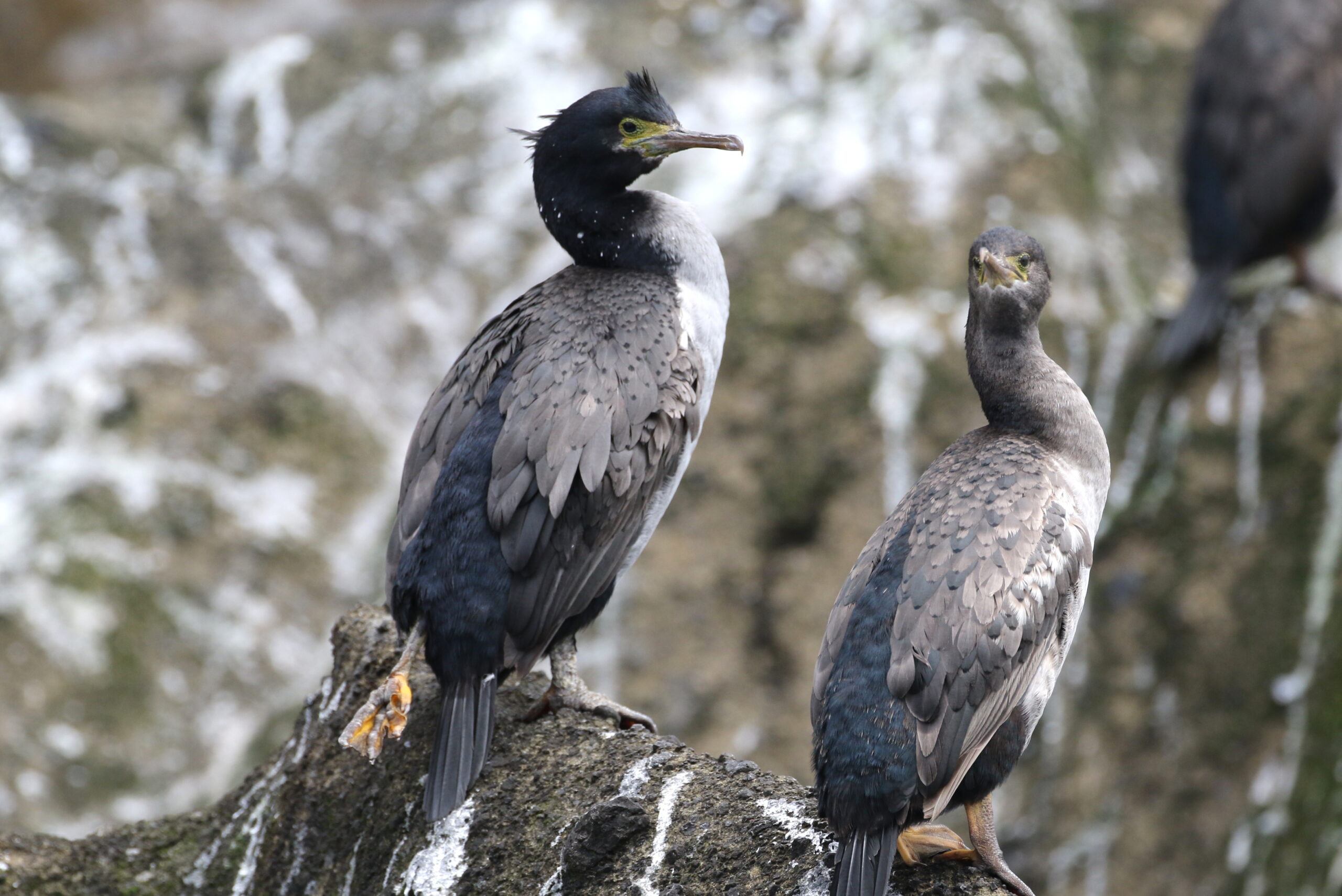
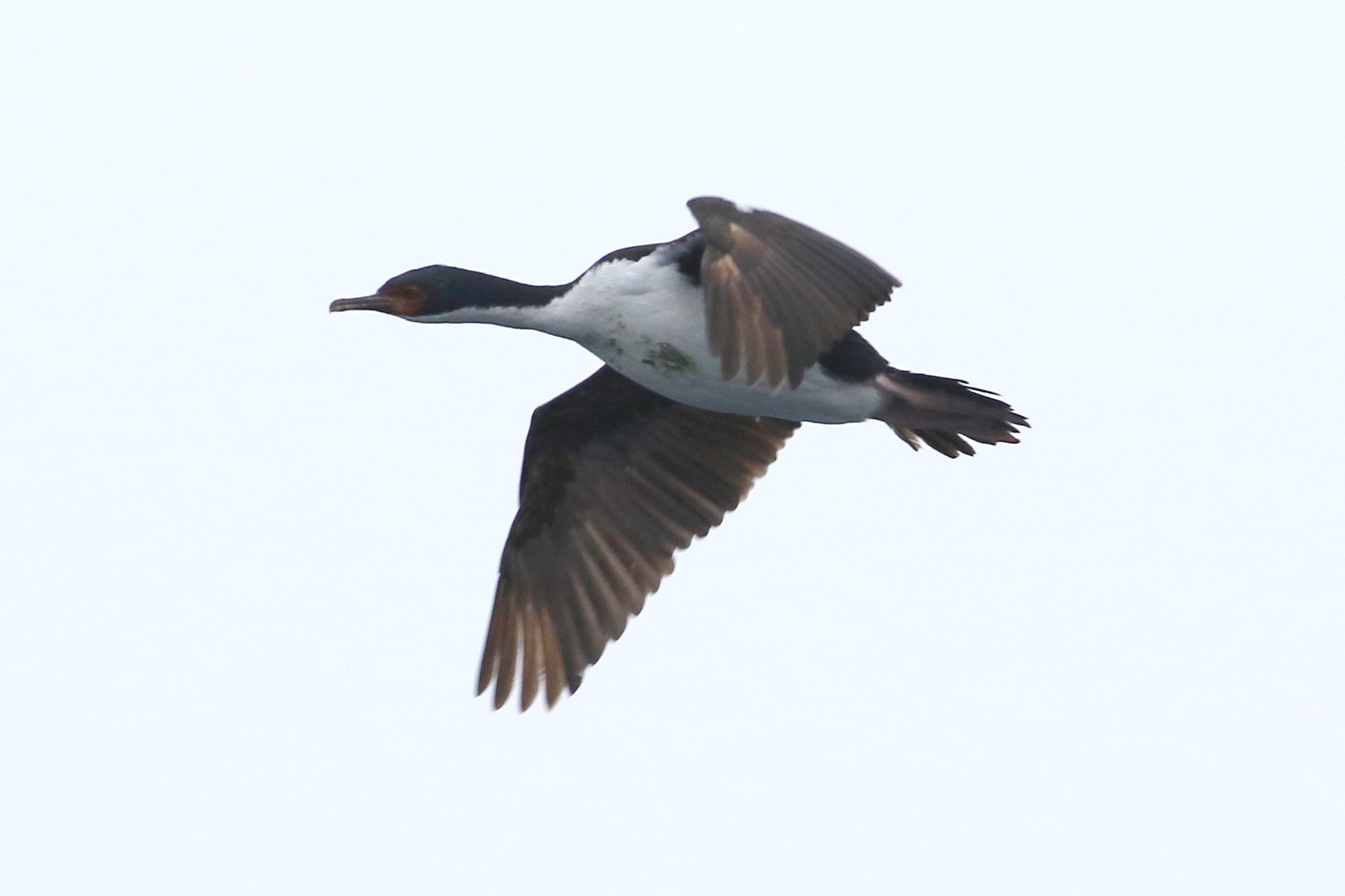
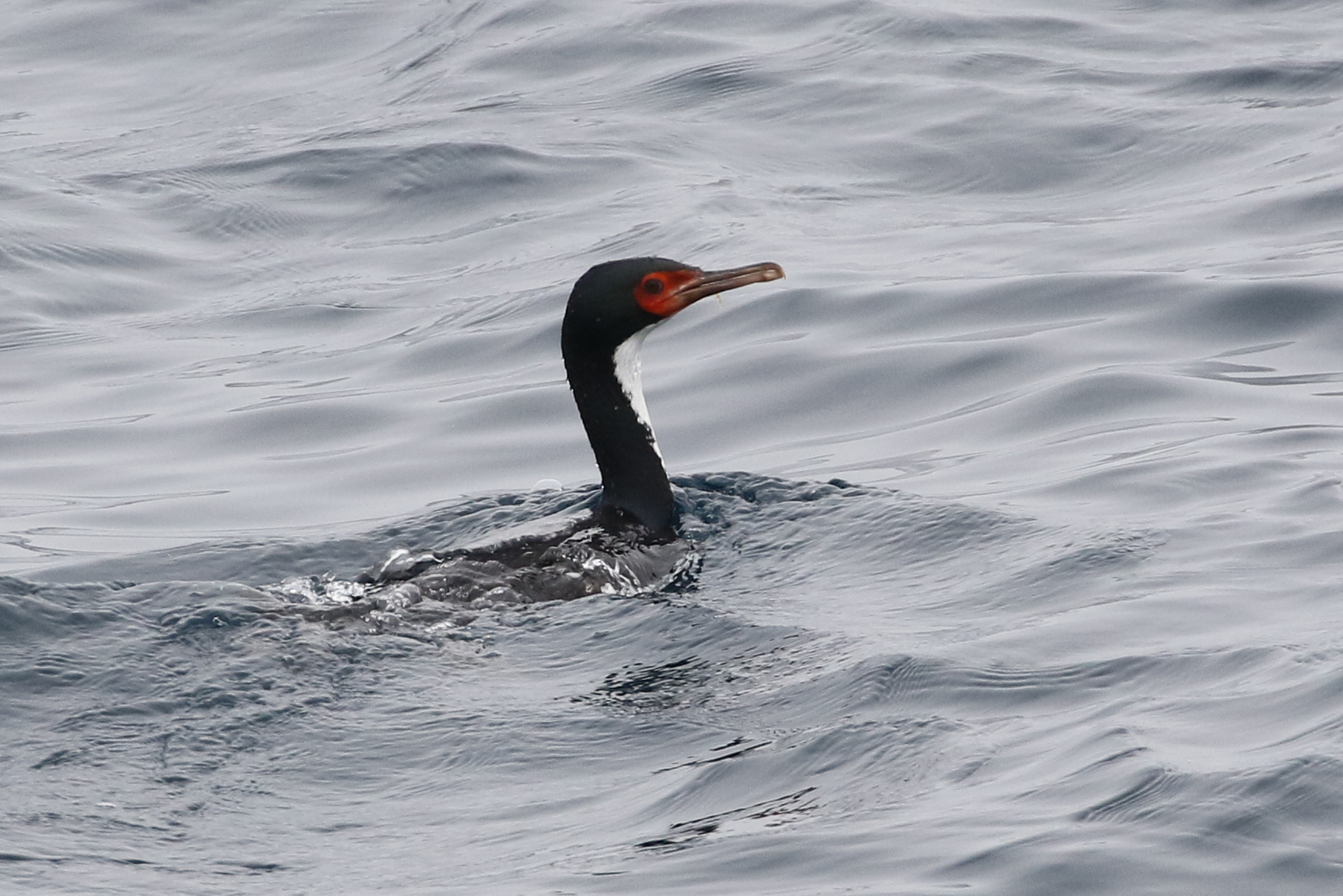

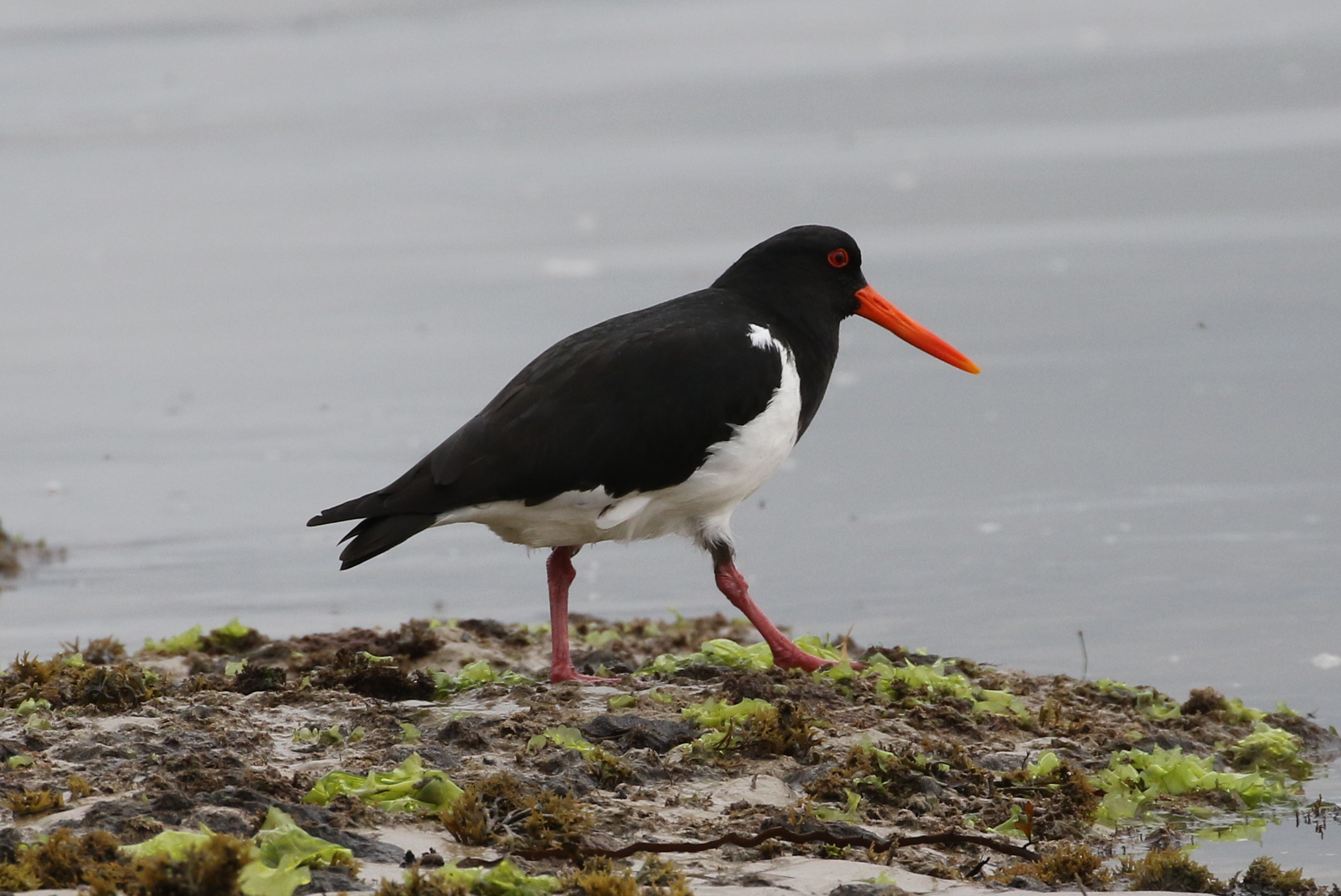
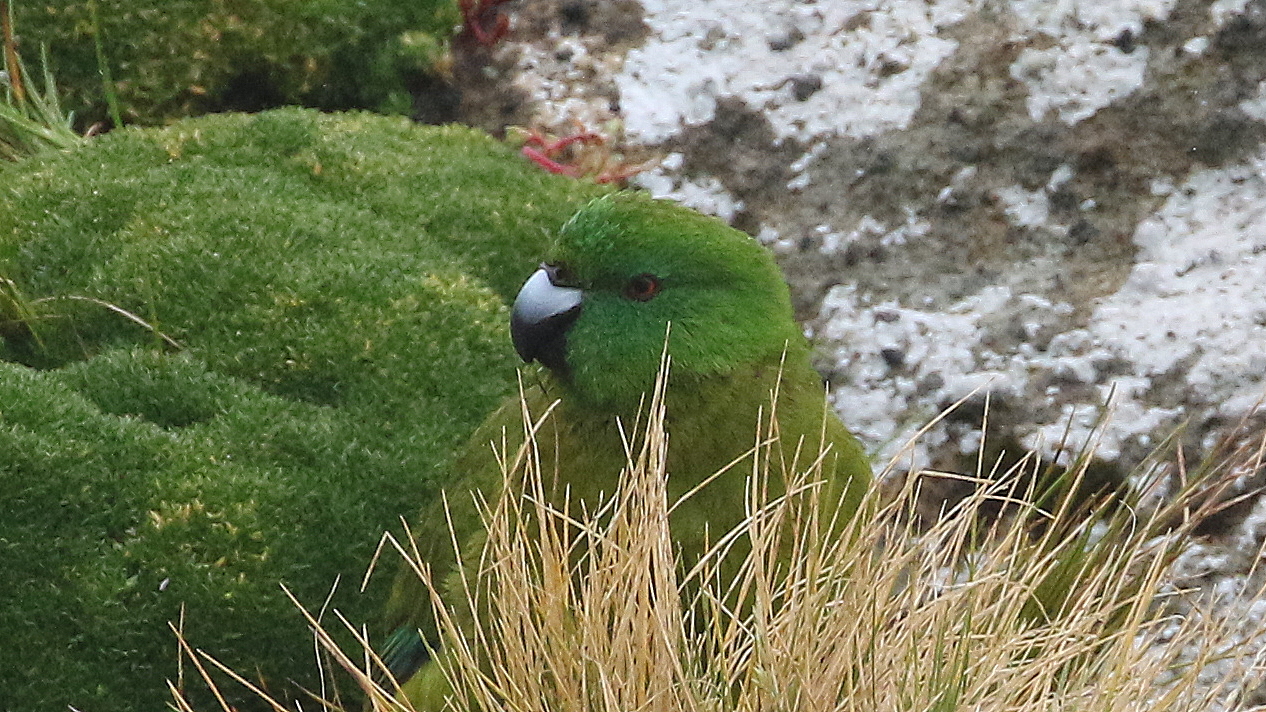
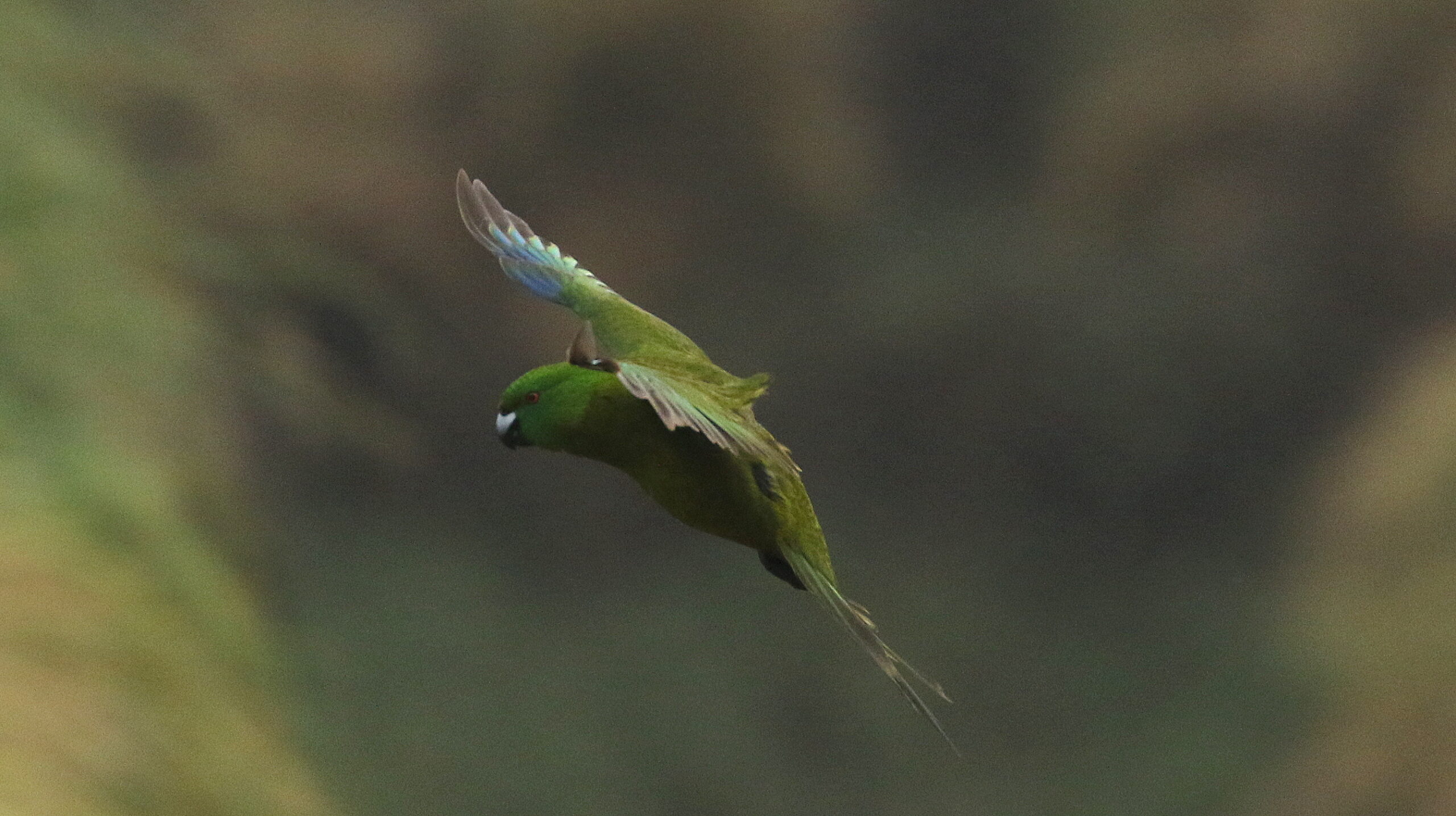

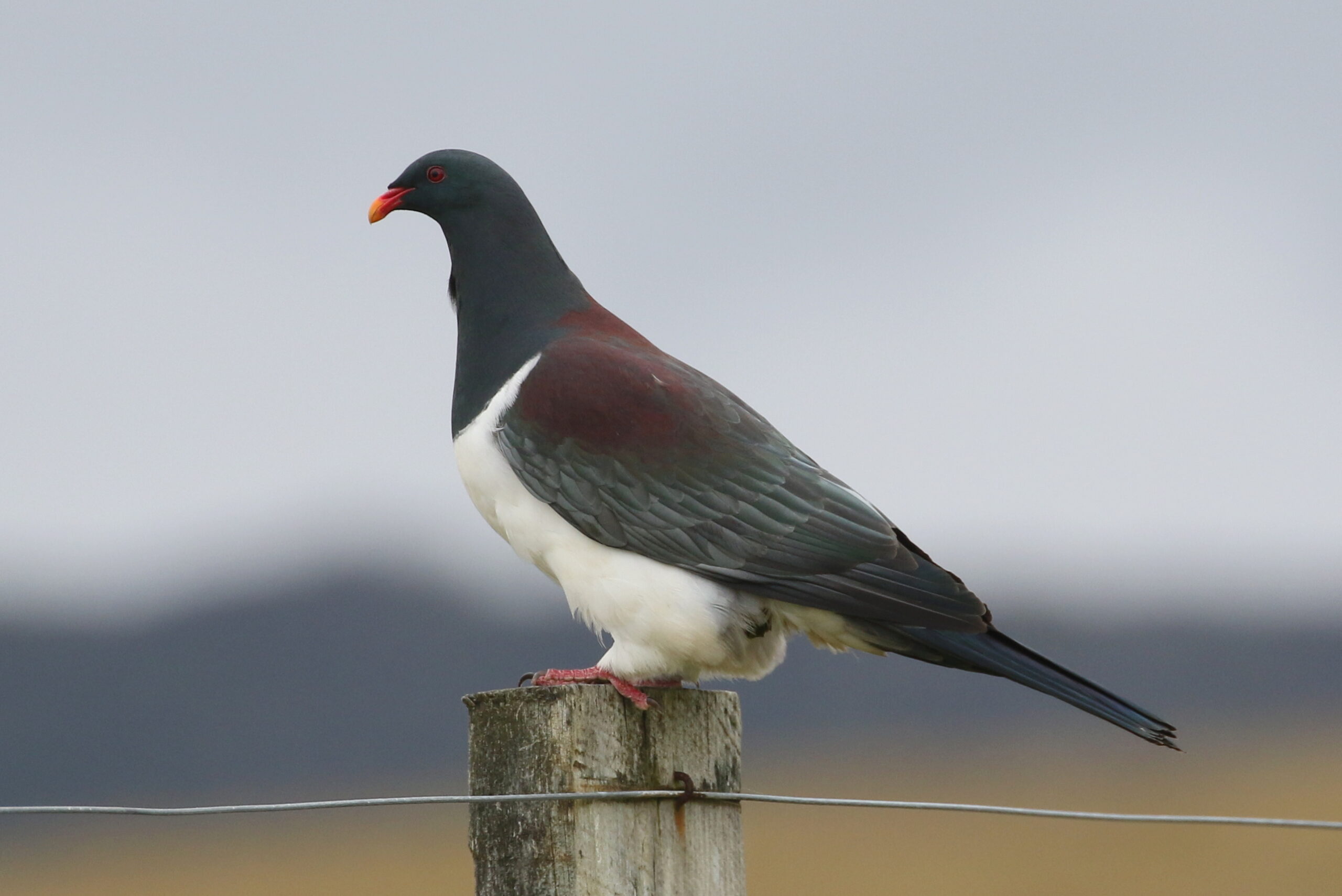
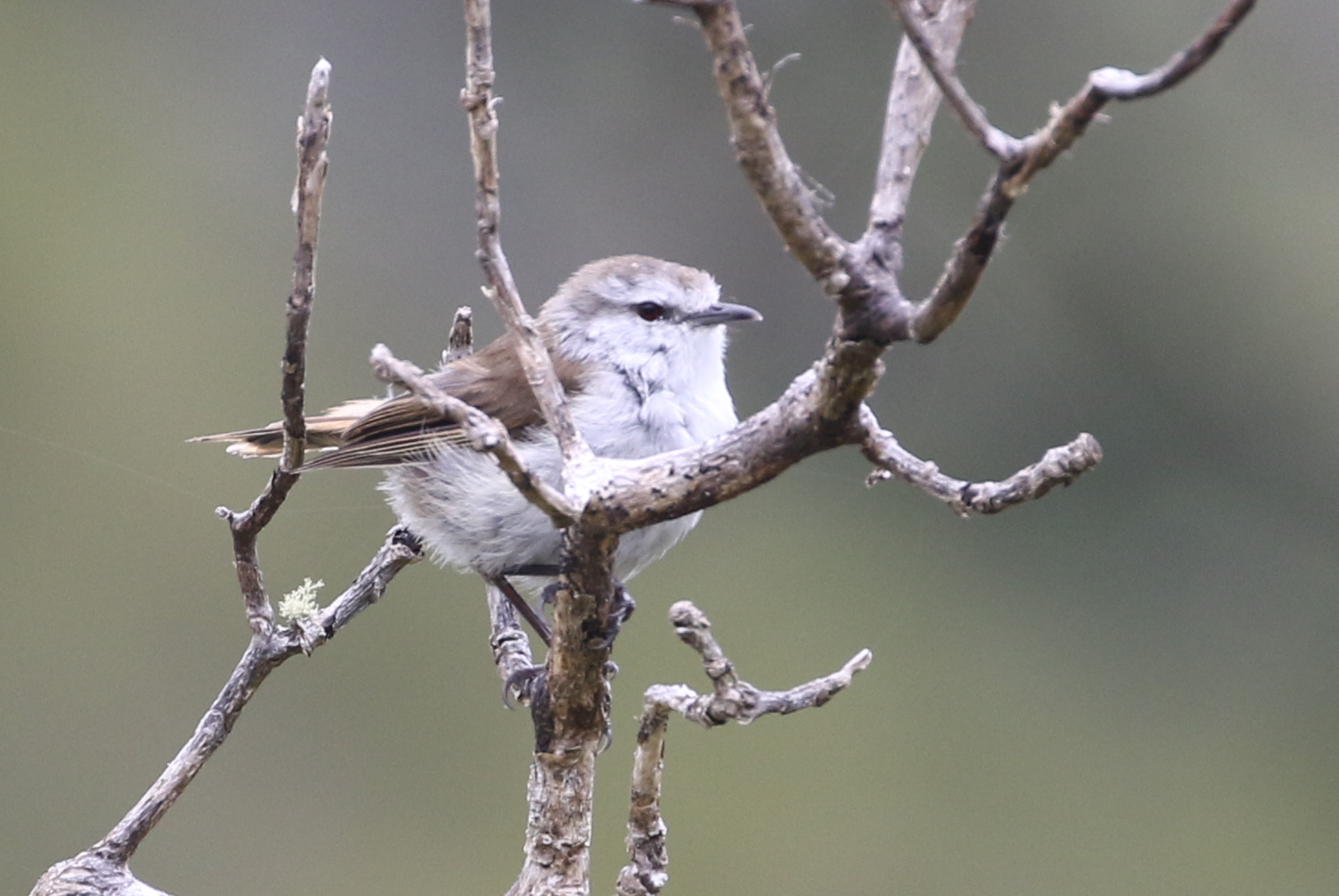
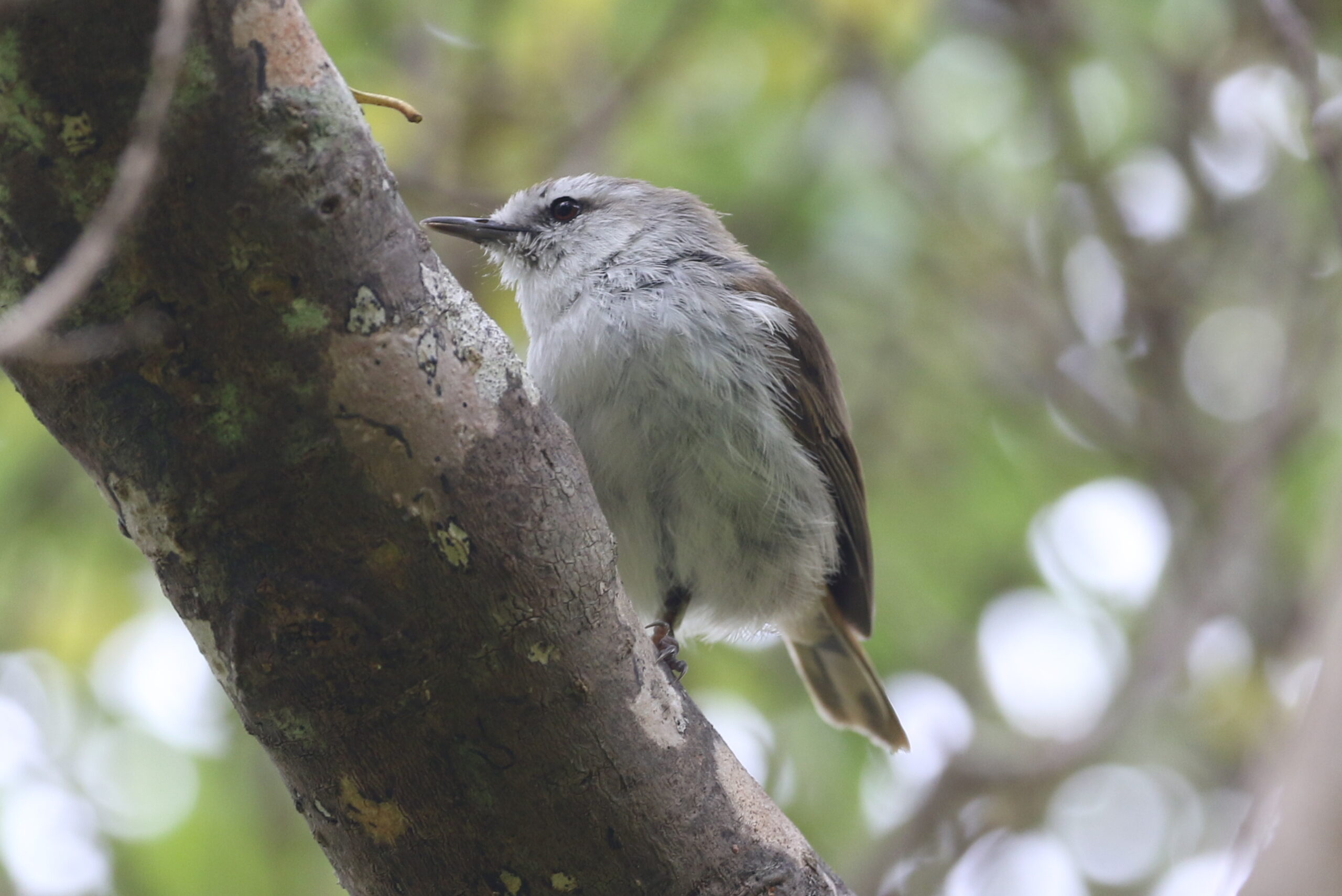































Ask About This Tour
If you have any questions about this tour, please enter your details here and we will get back to you as soon as possible.
Alternatively, contact us by email or phone. We look forward to hearing from you!
- 0117 965 8333
- [email protected]
Or complete the contact form and we will endeavour to get back to you as soon as possible.
* = required field
